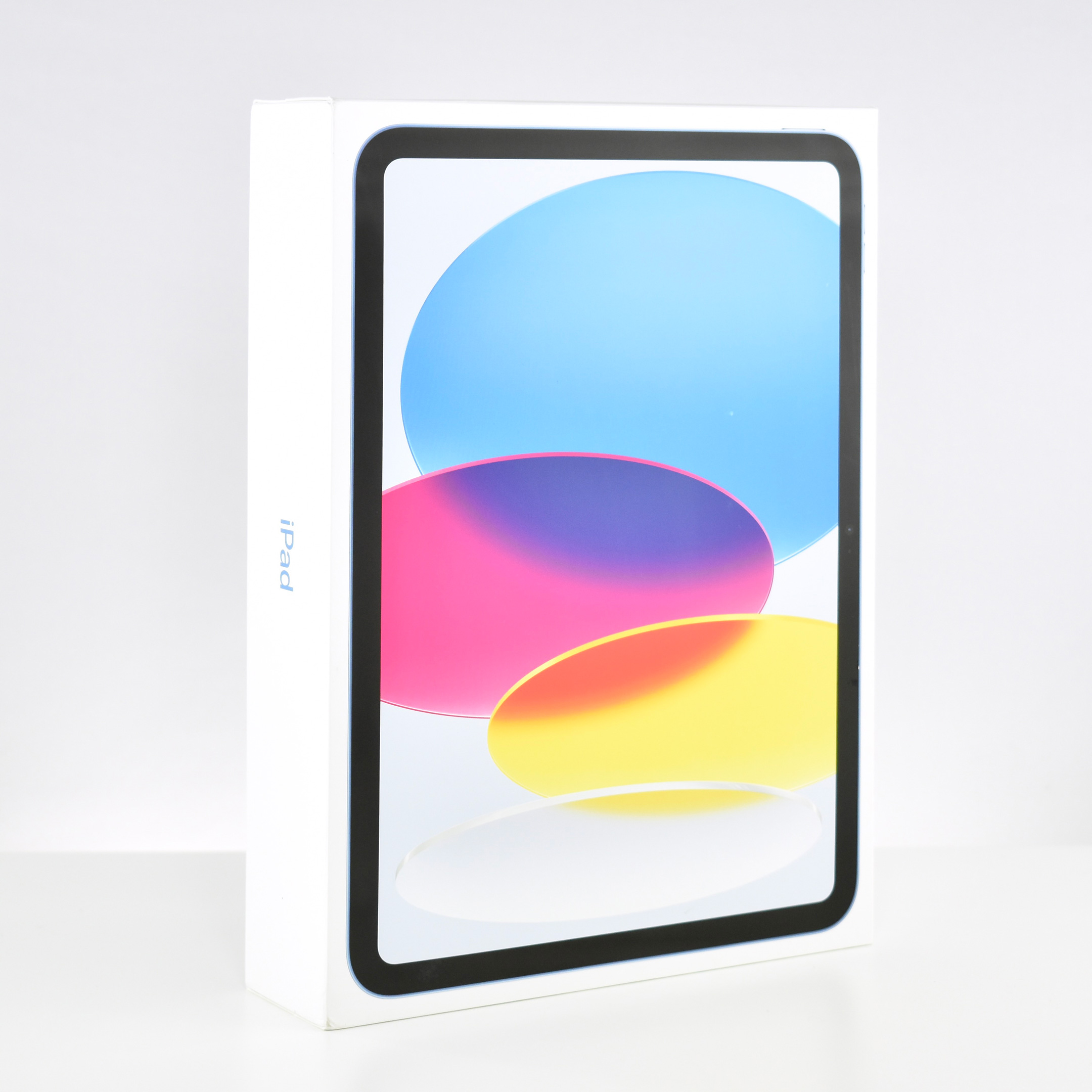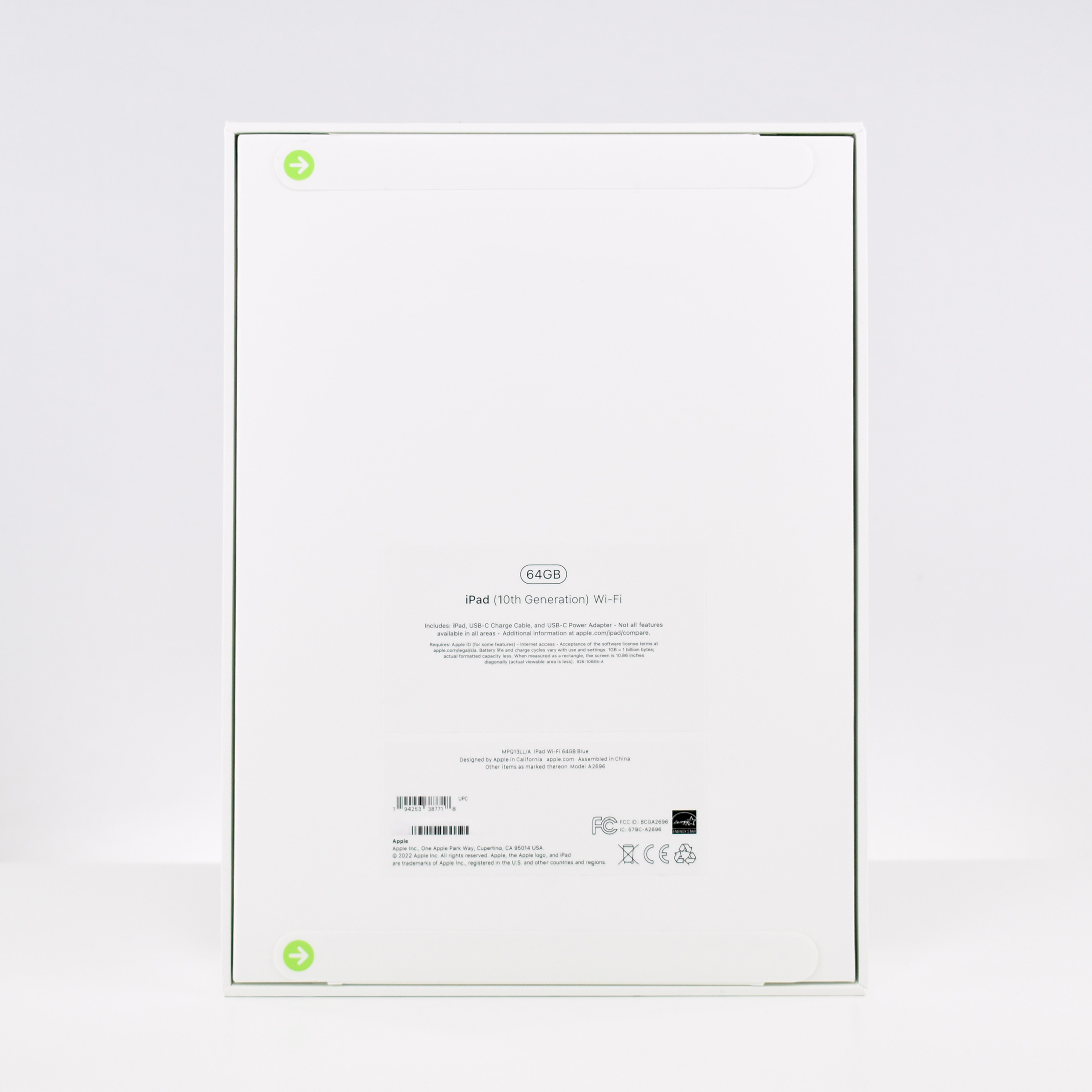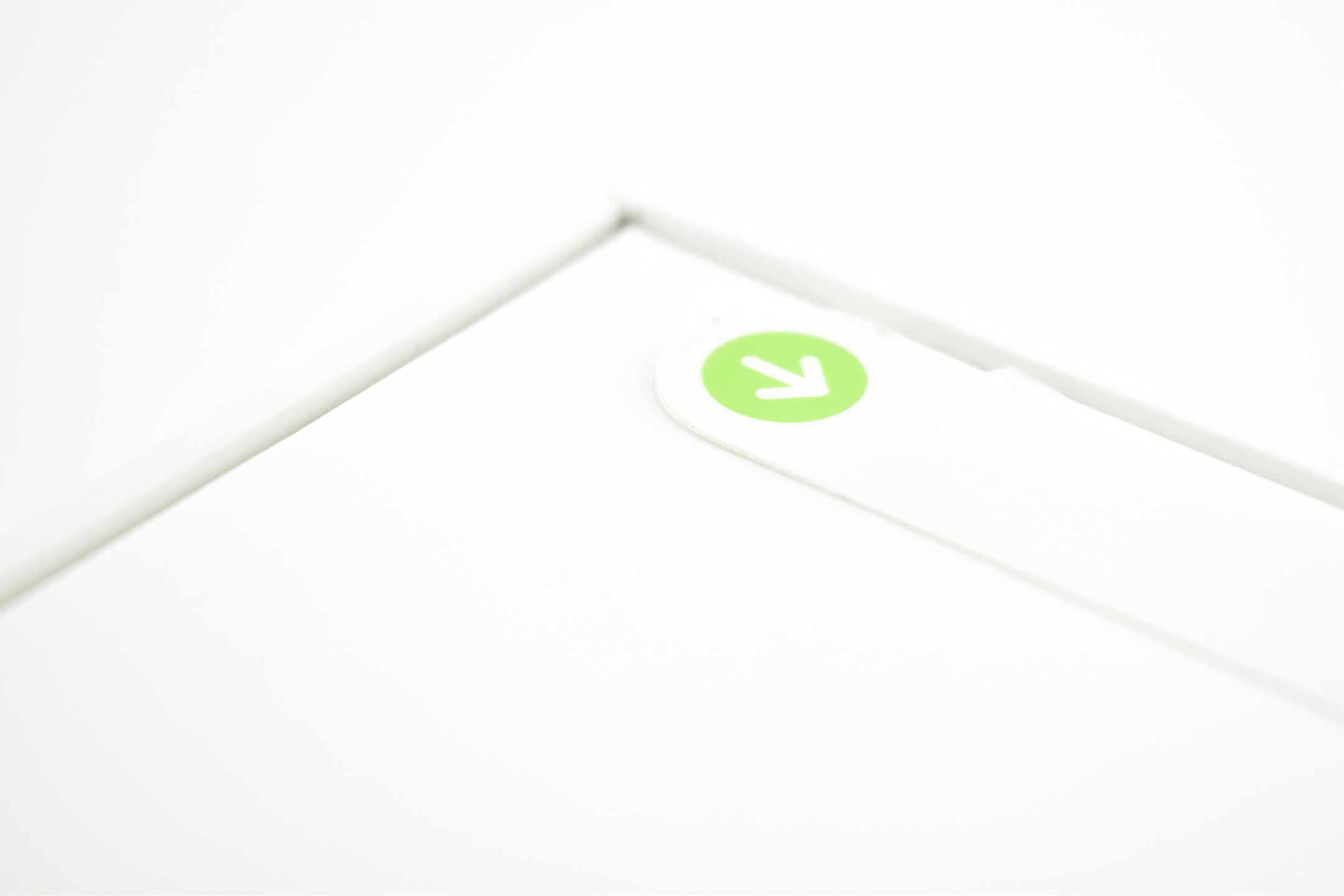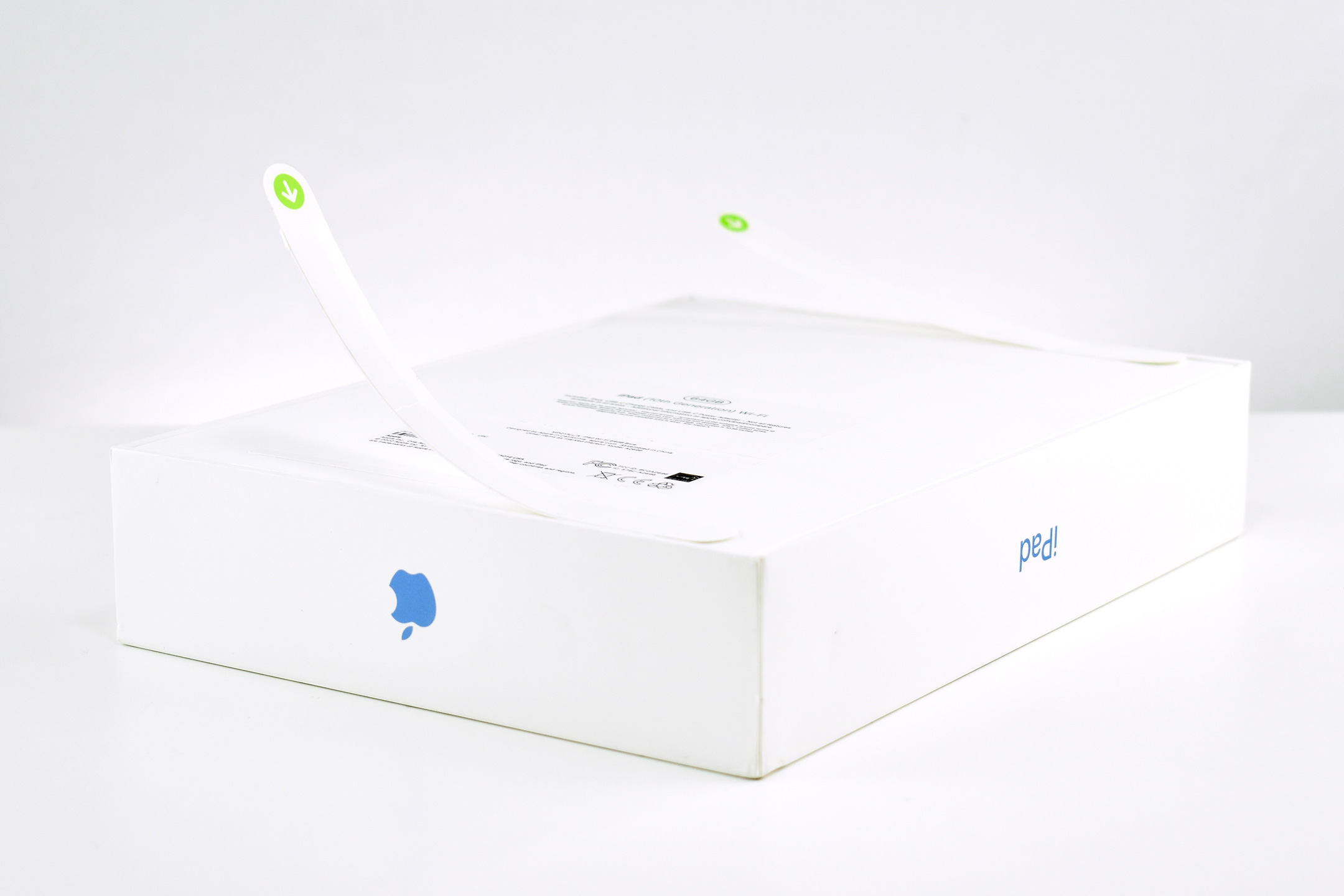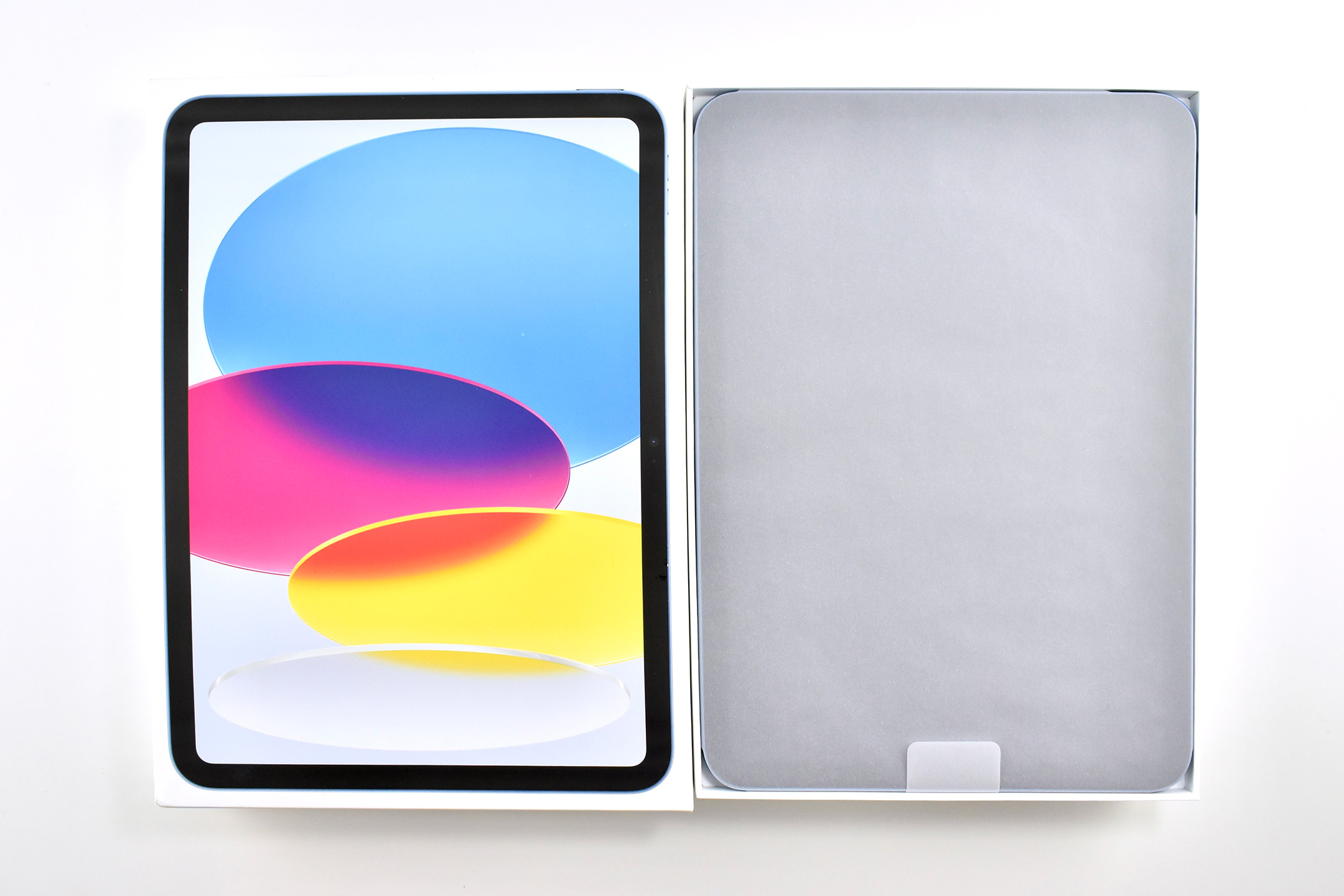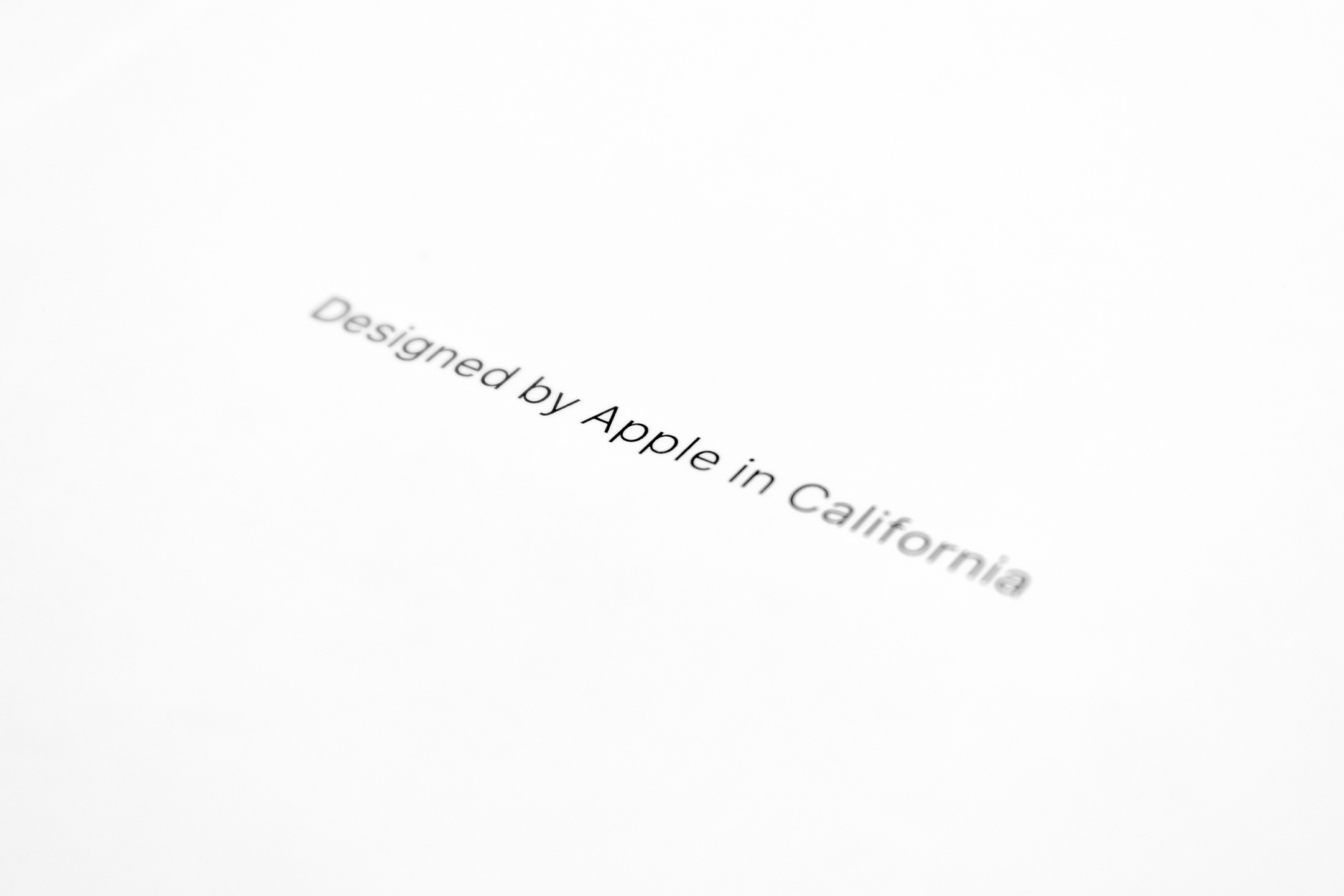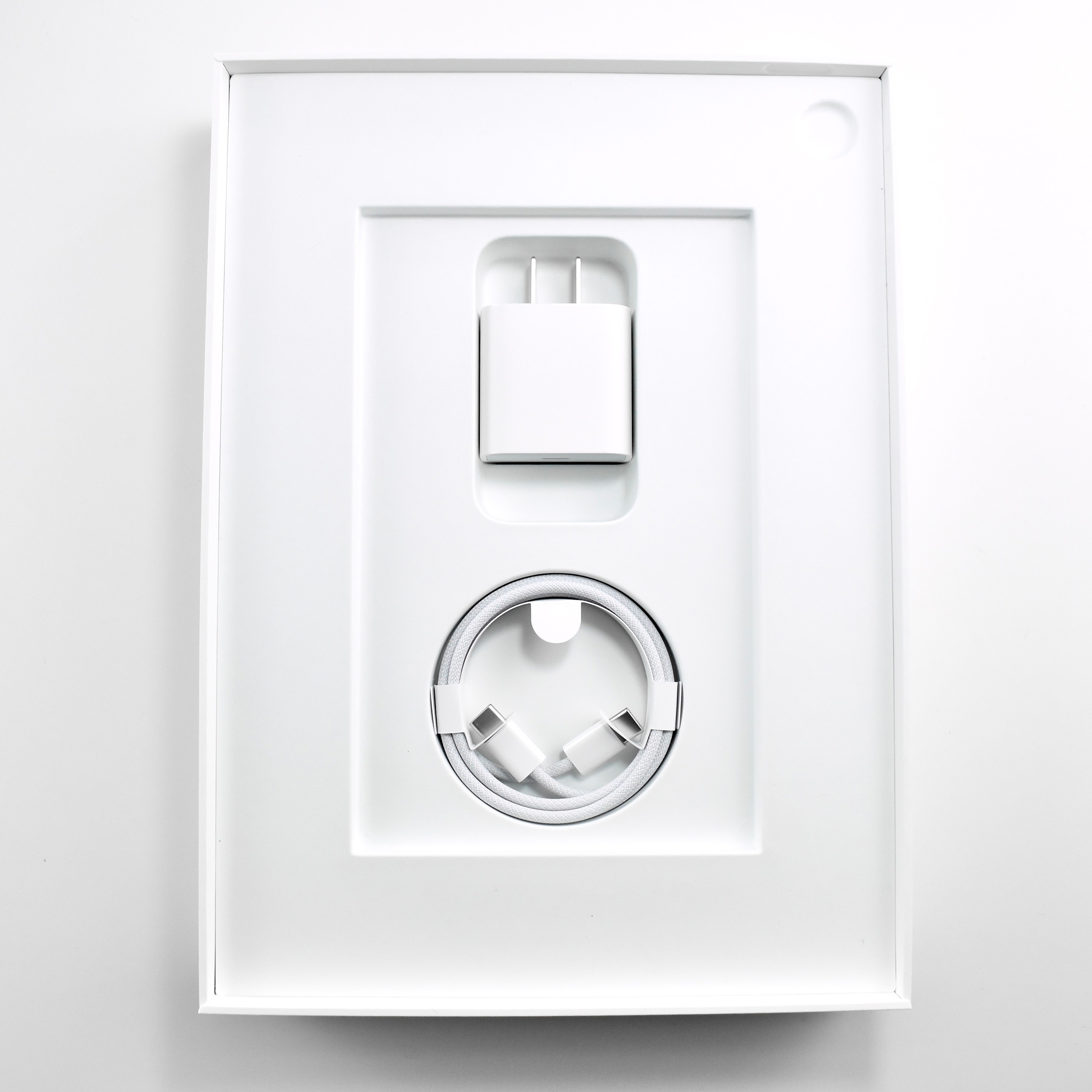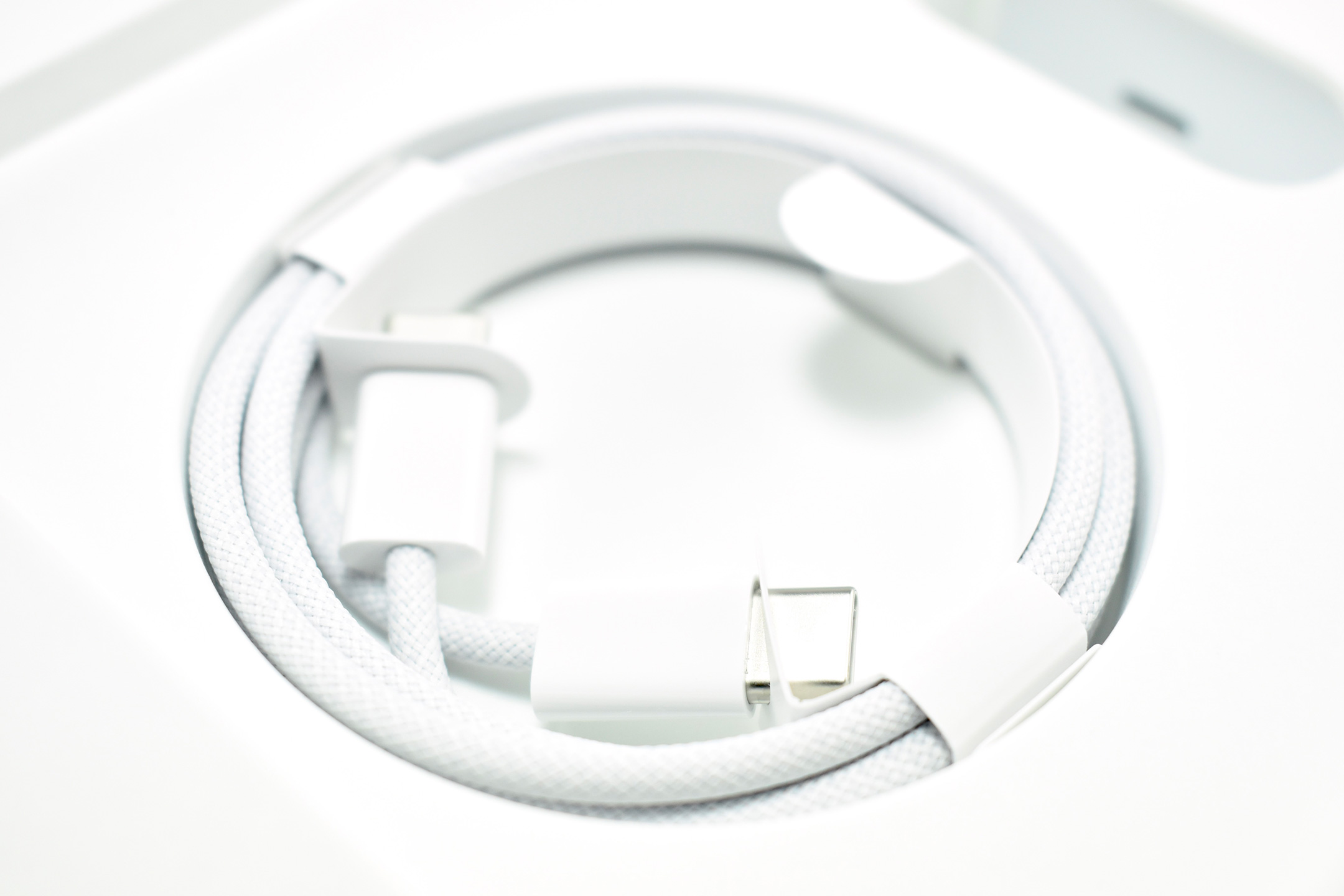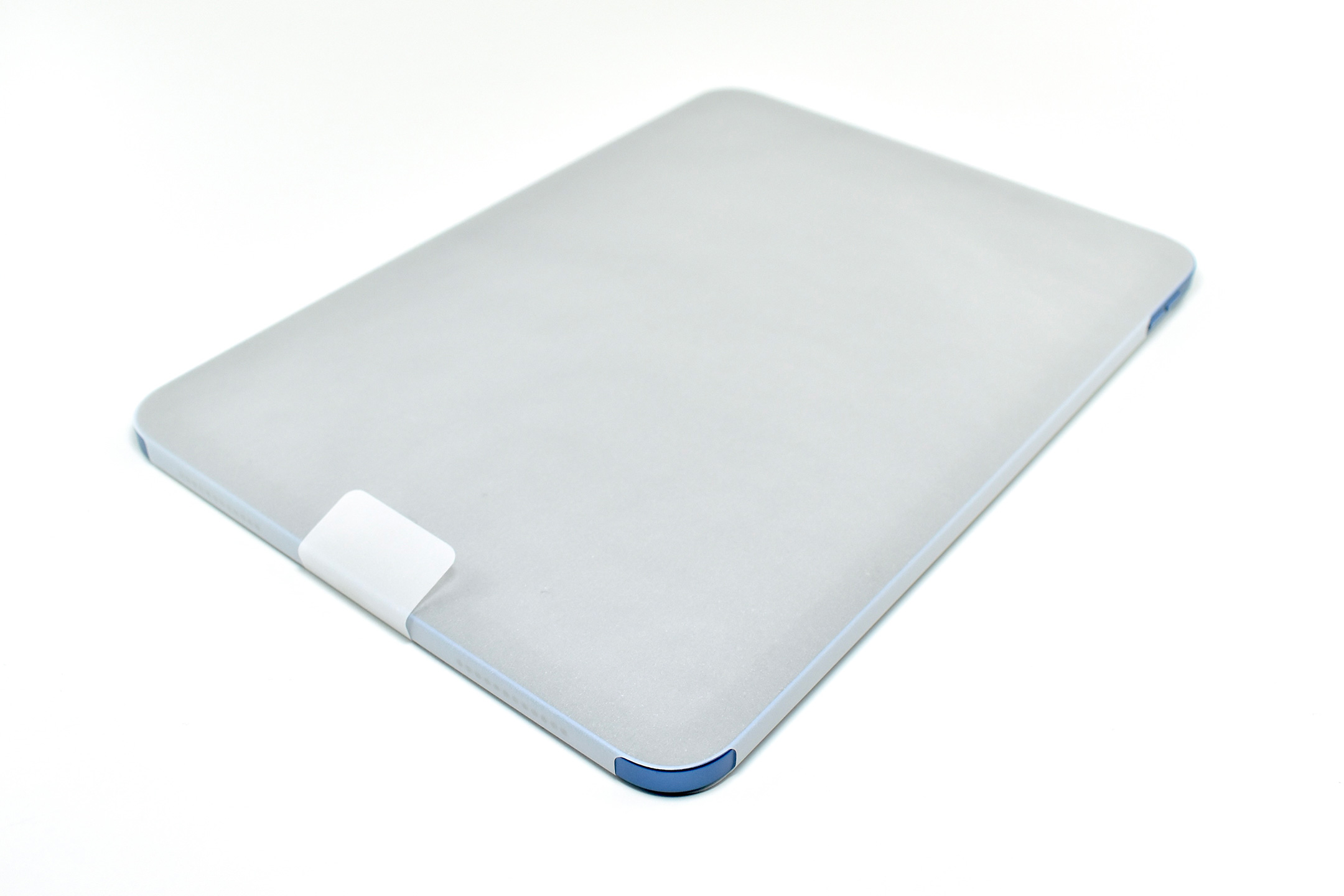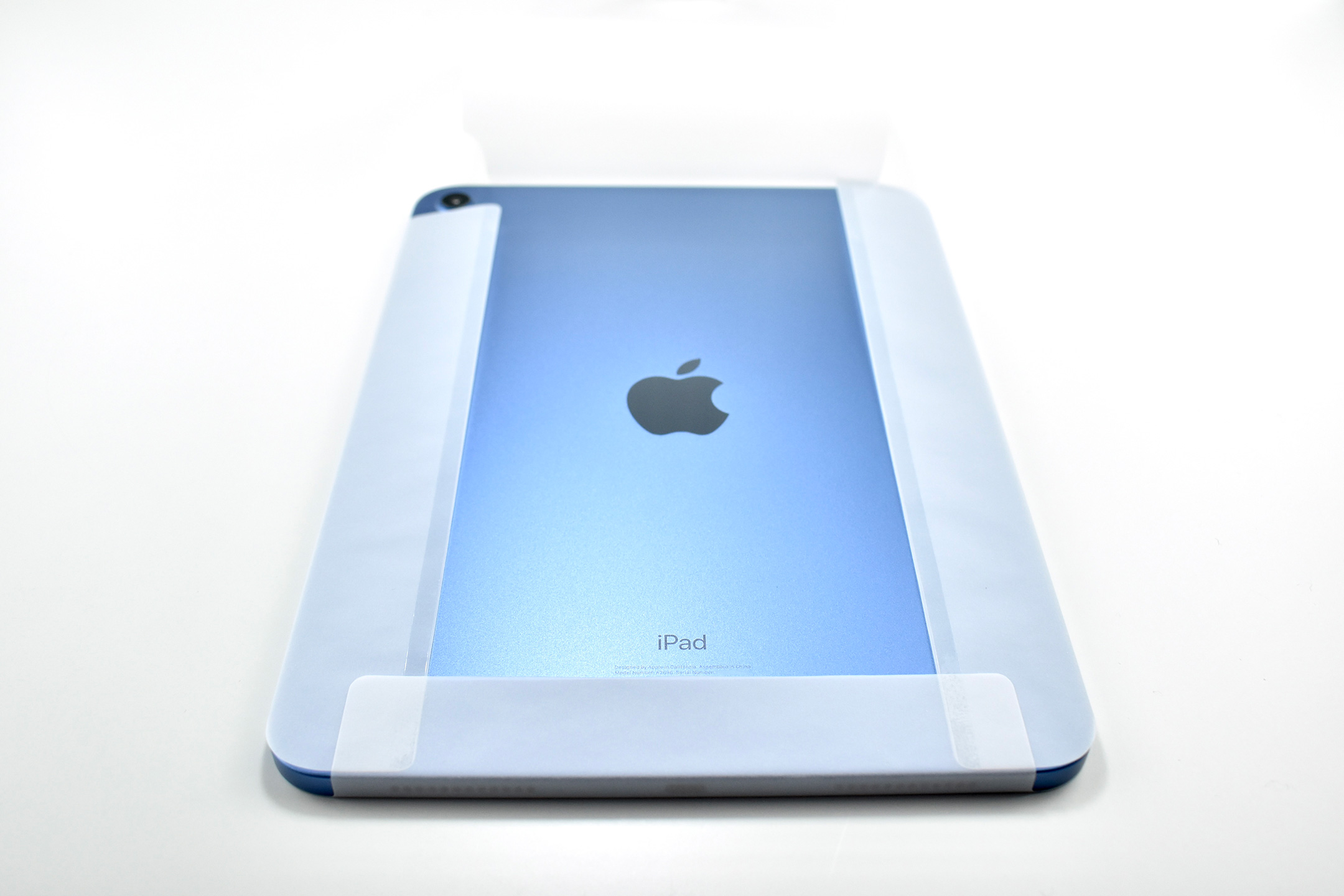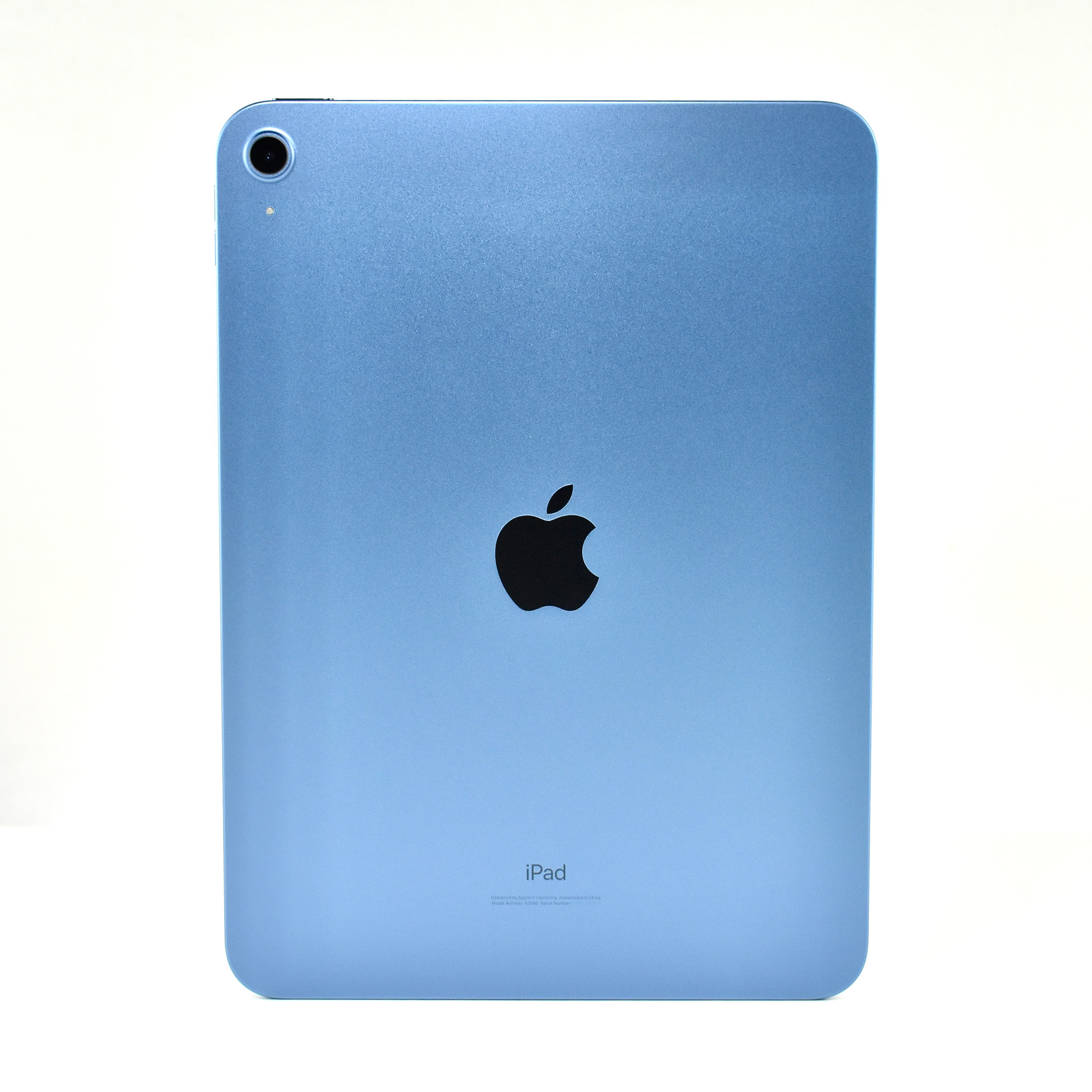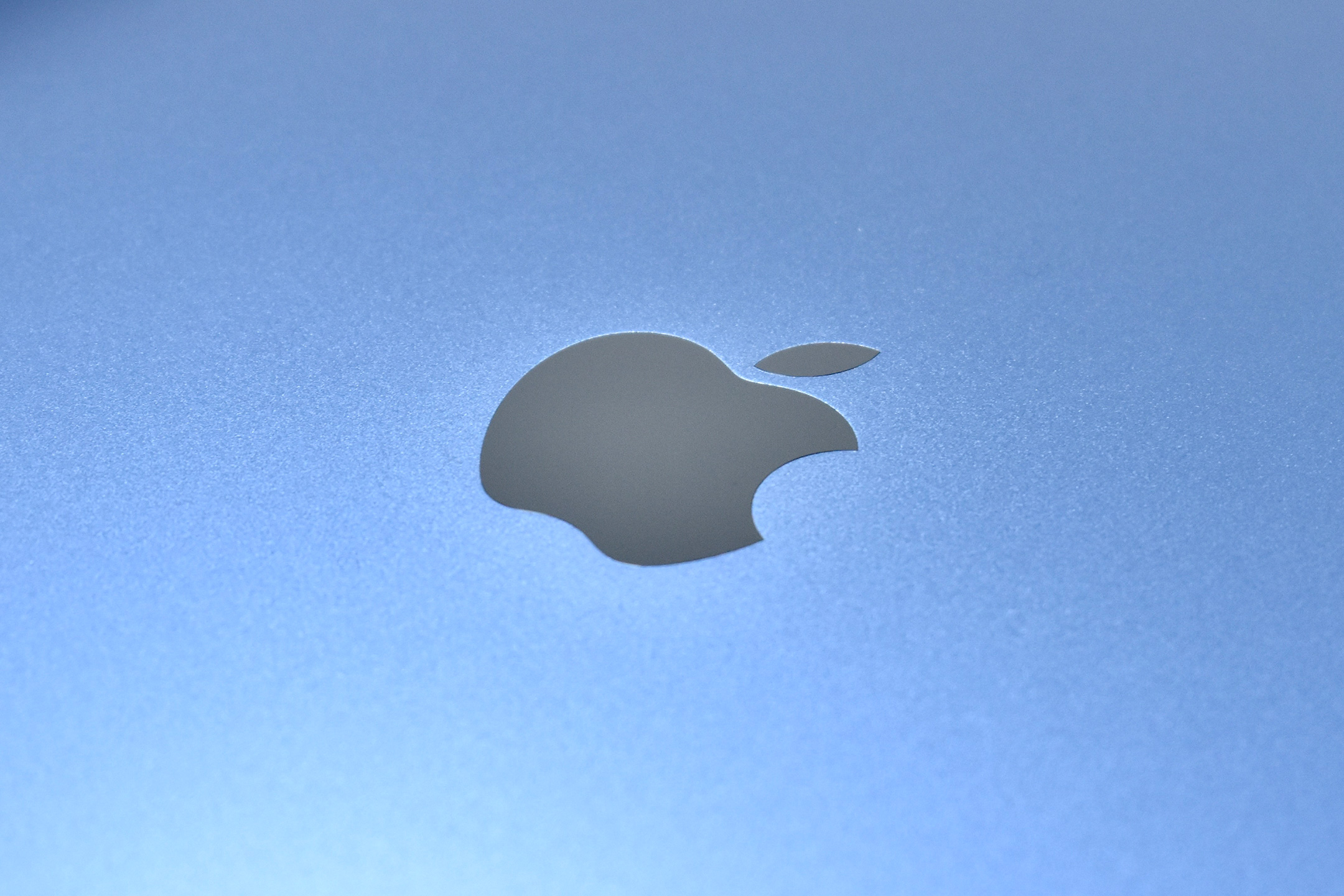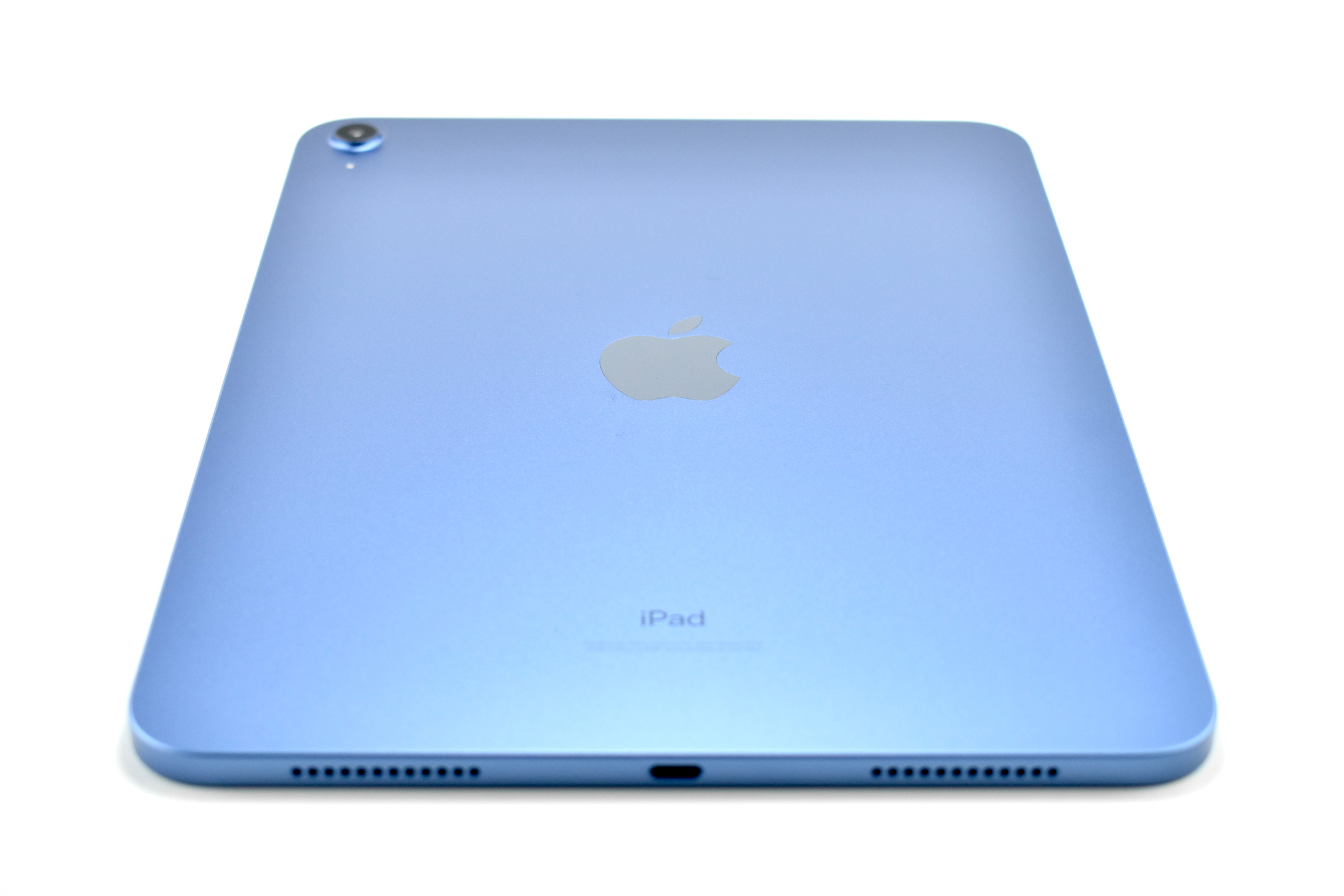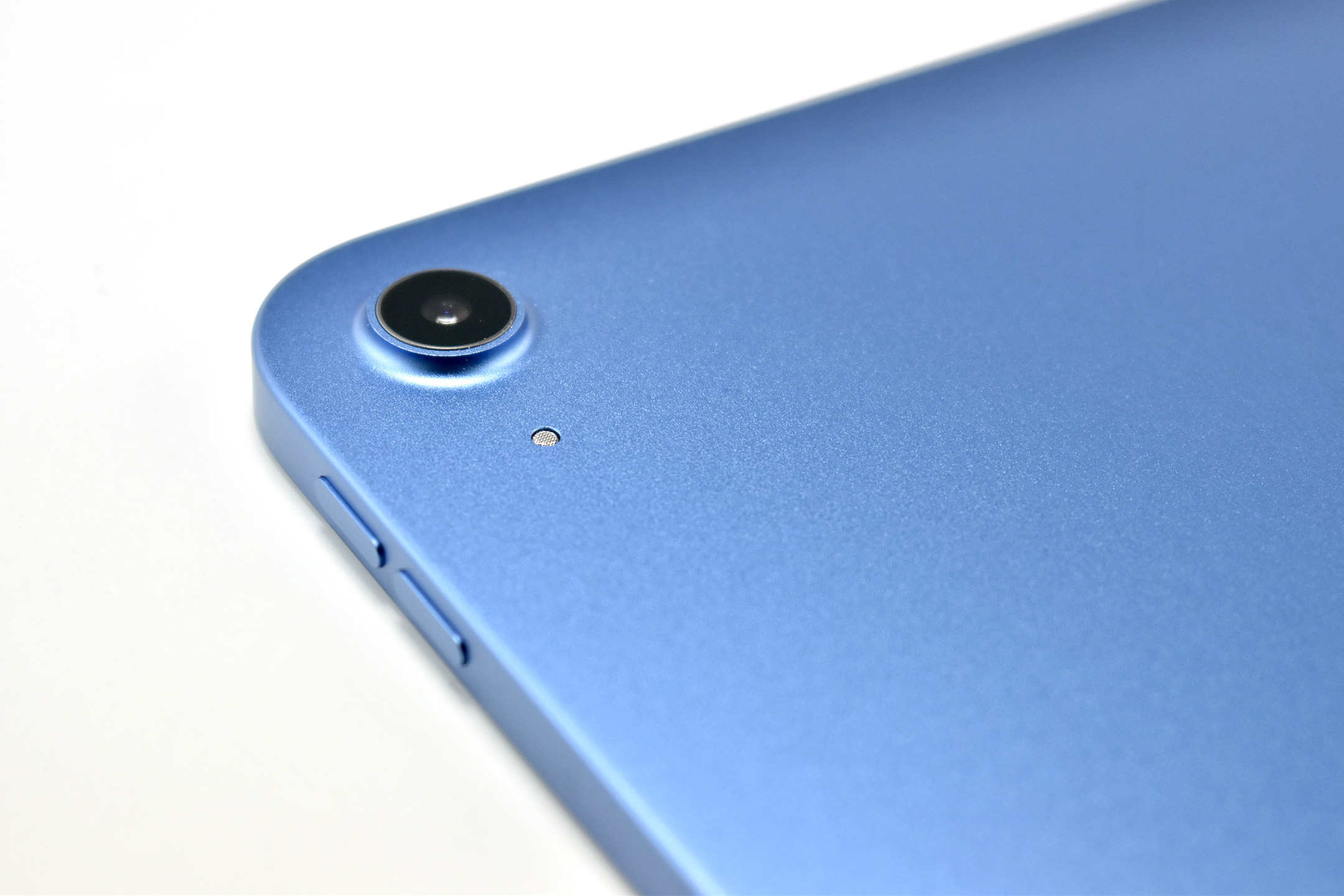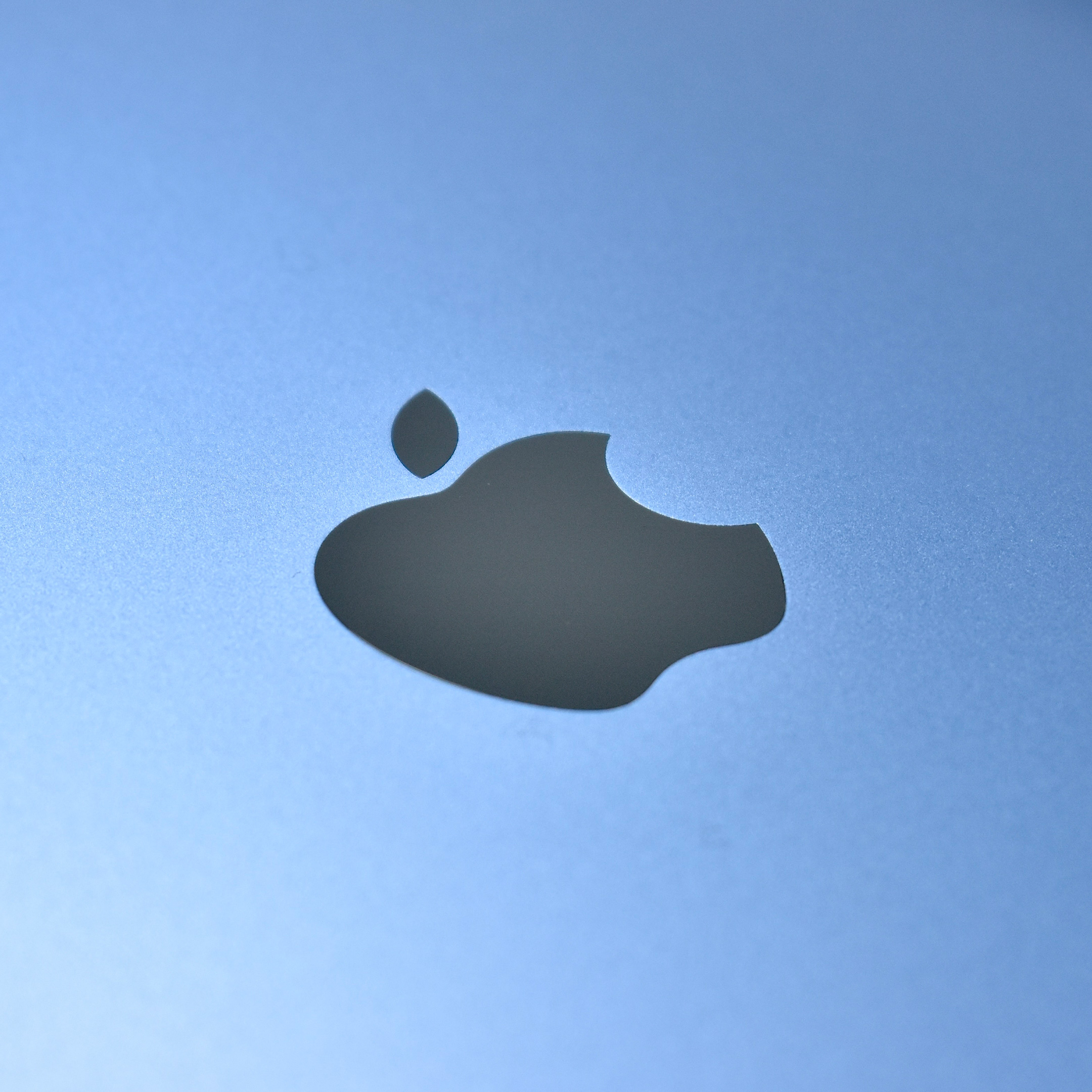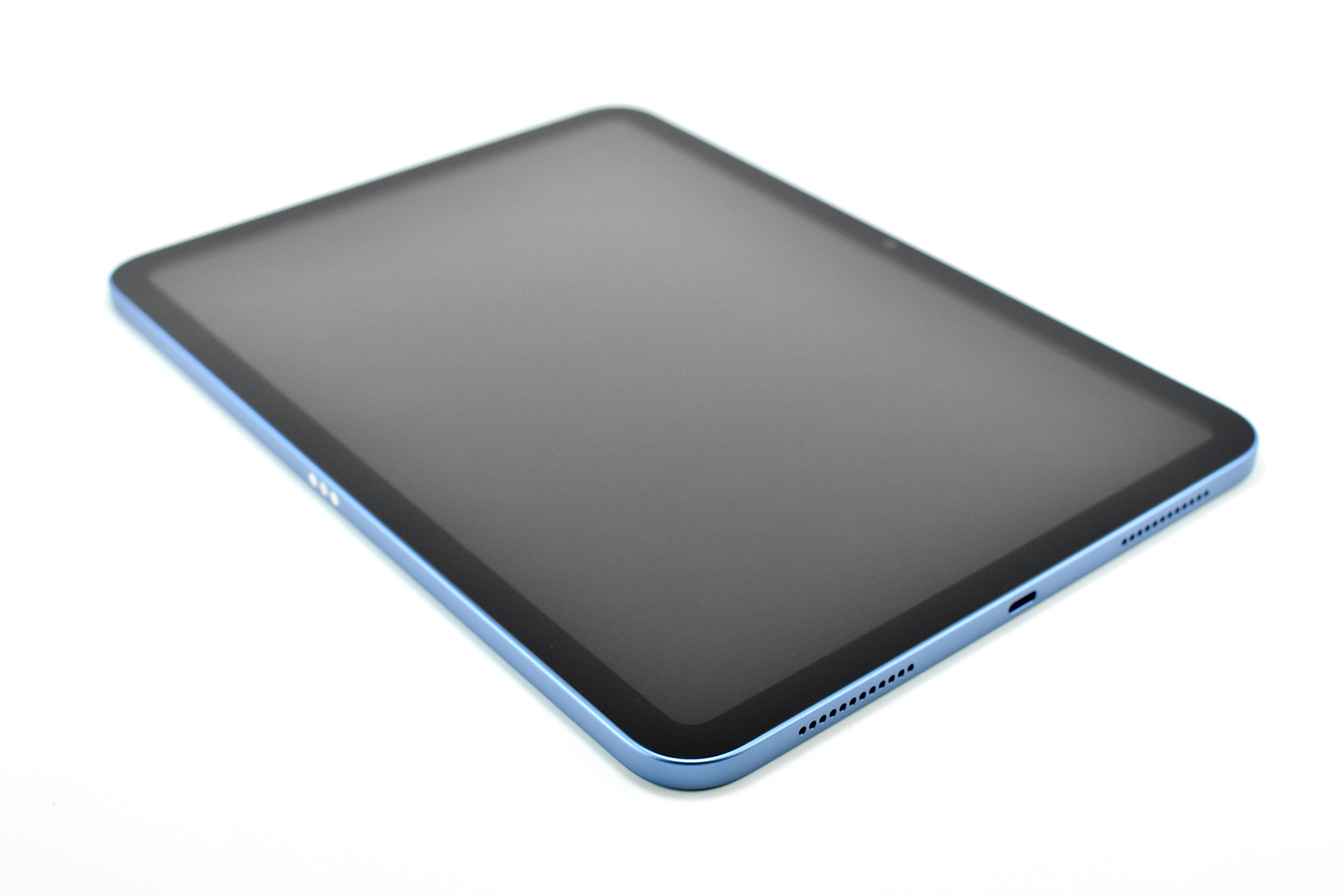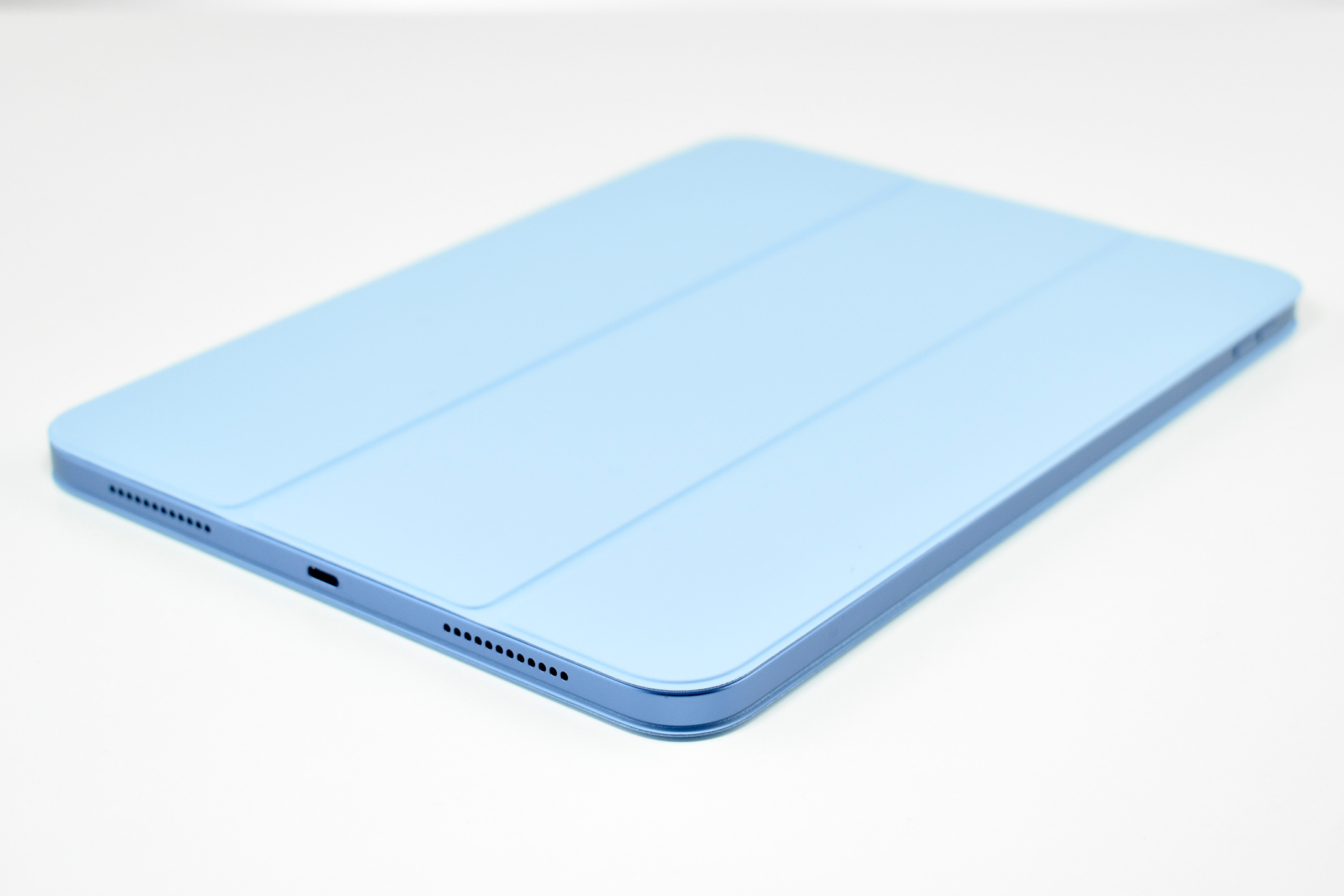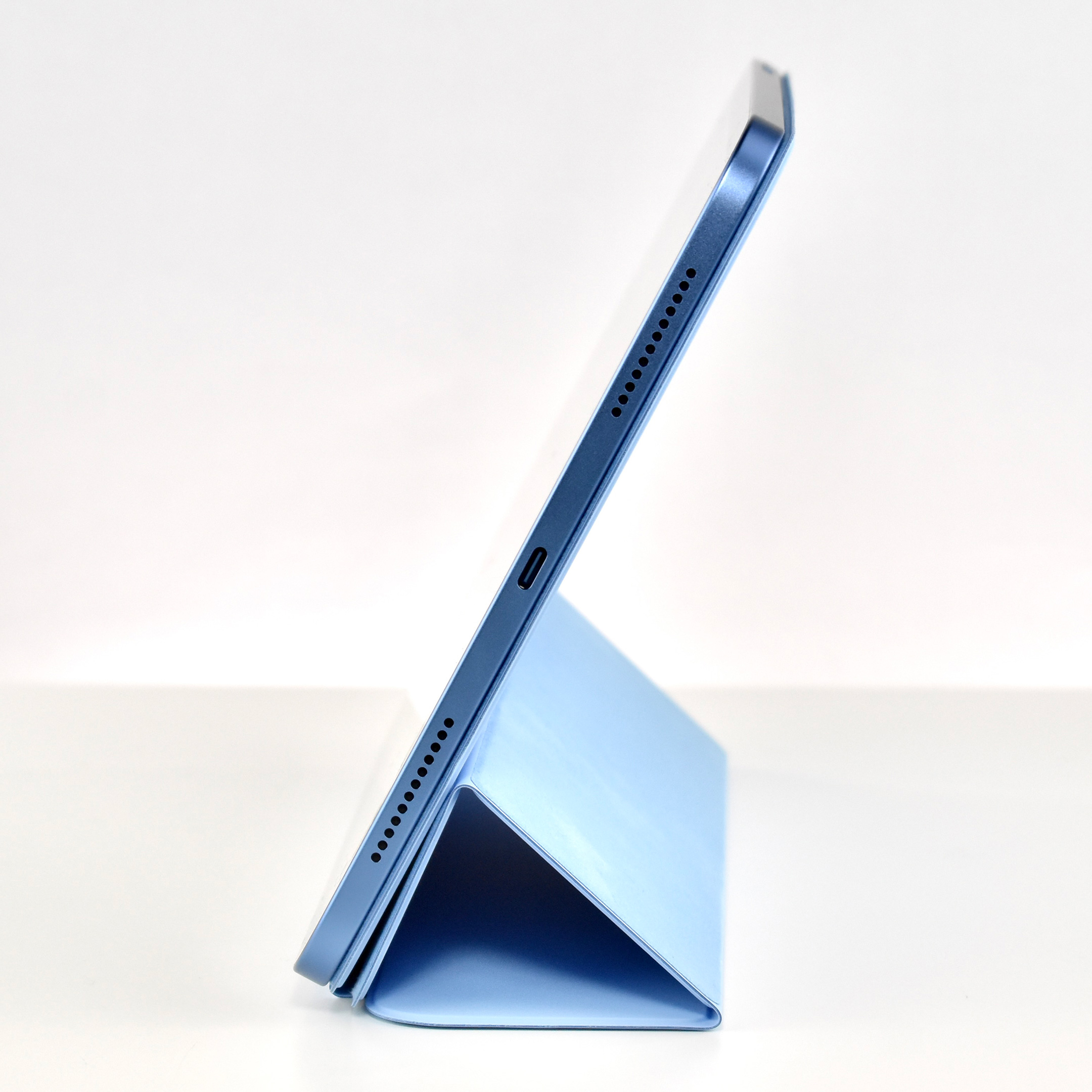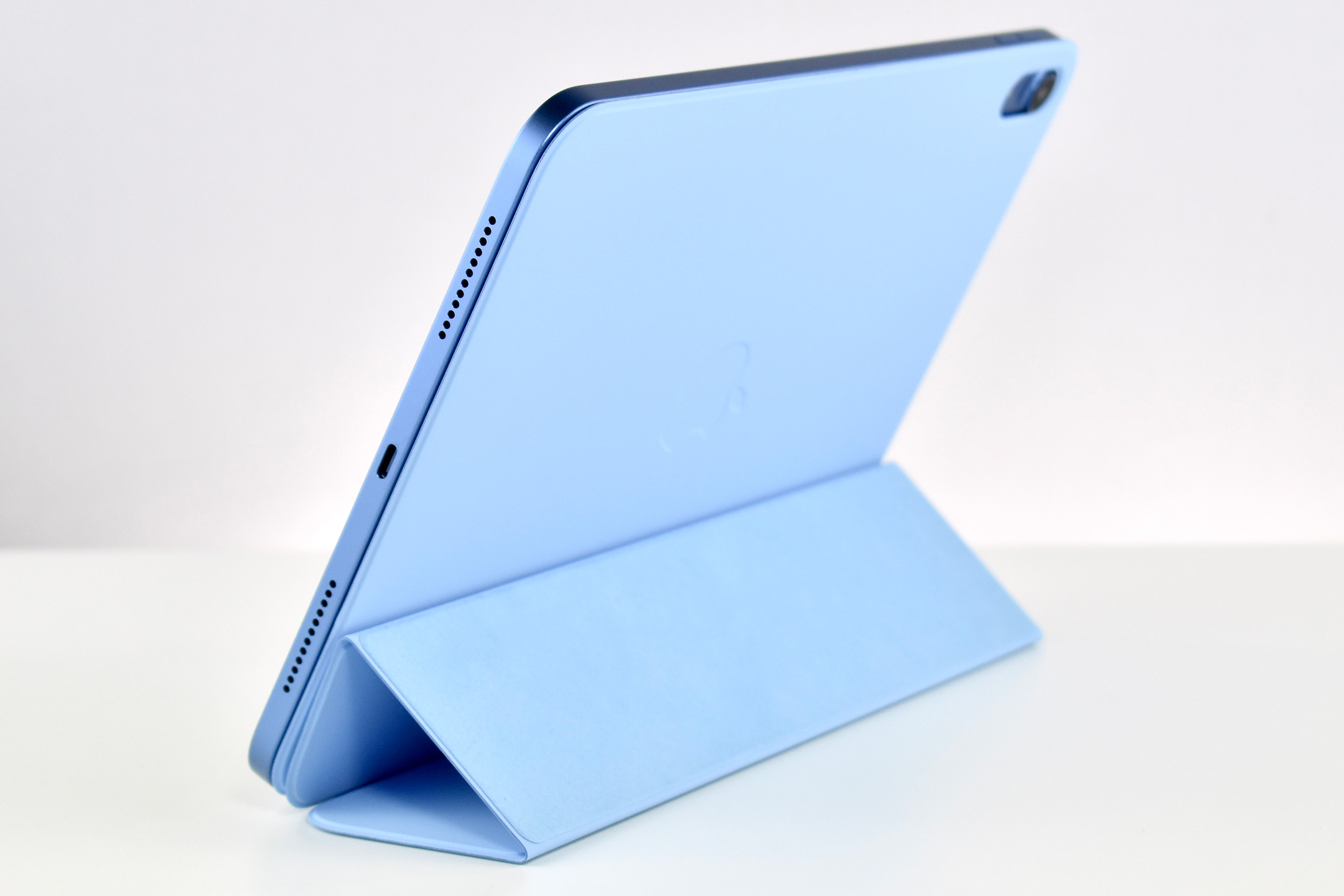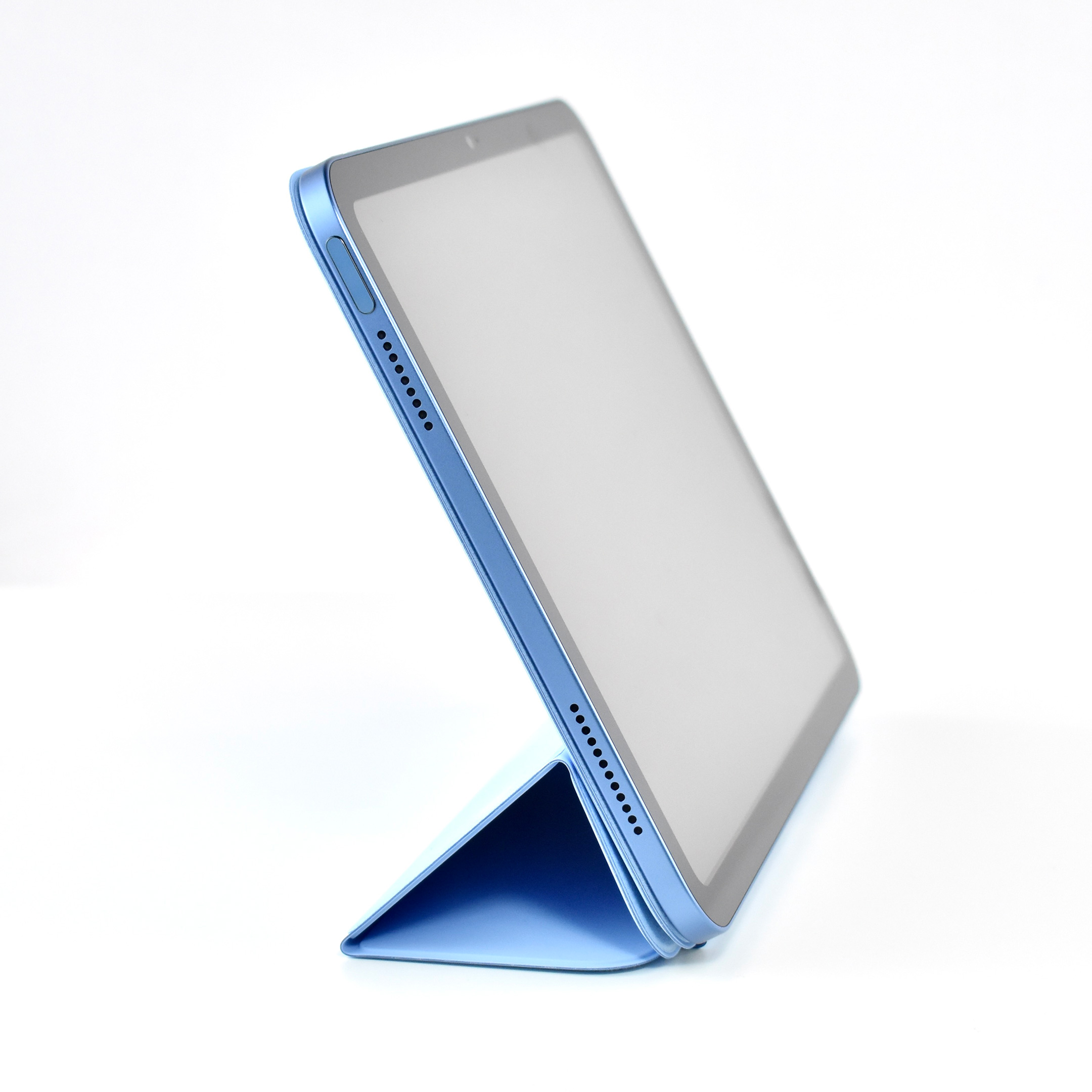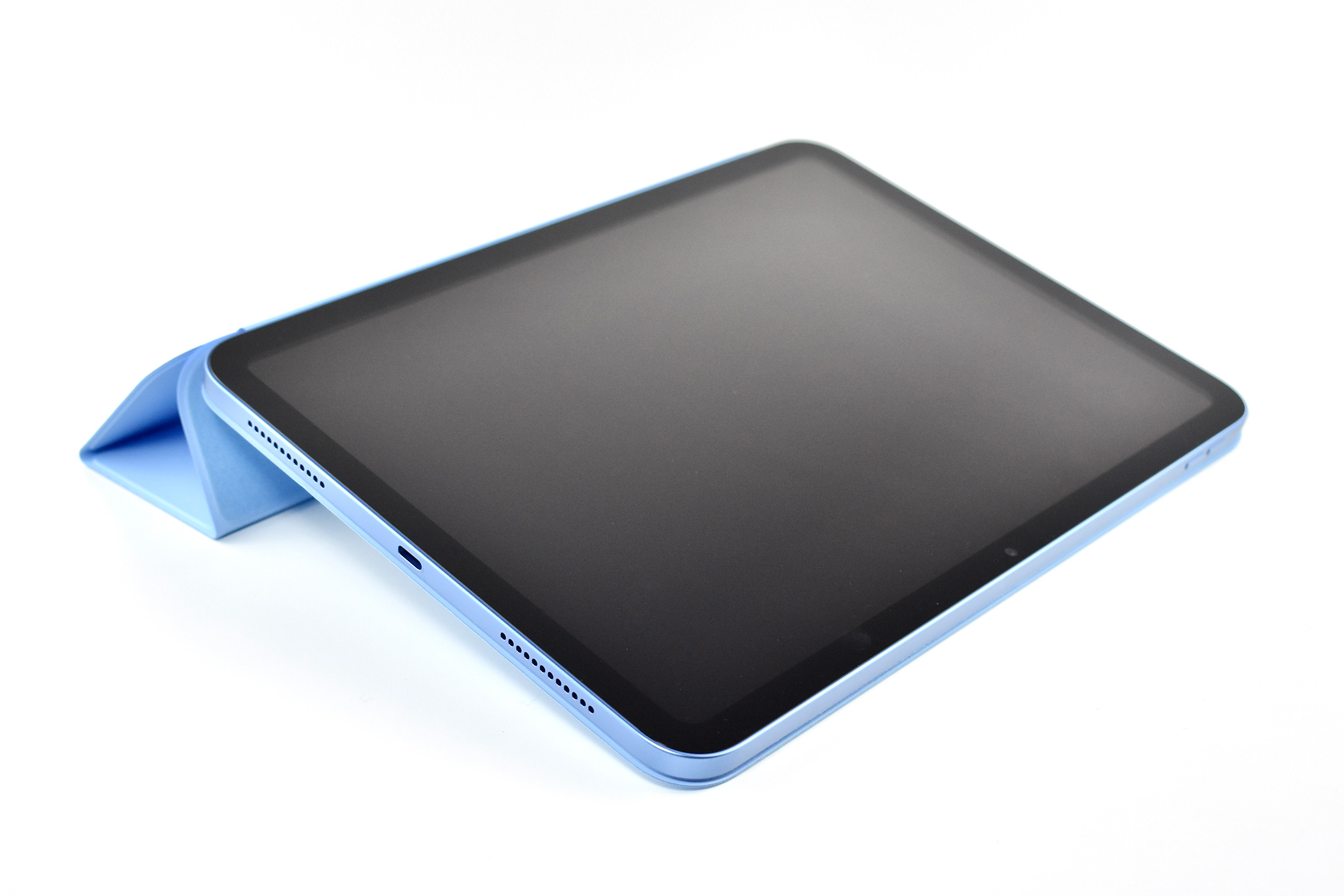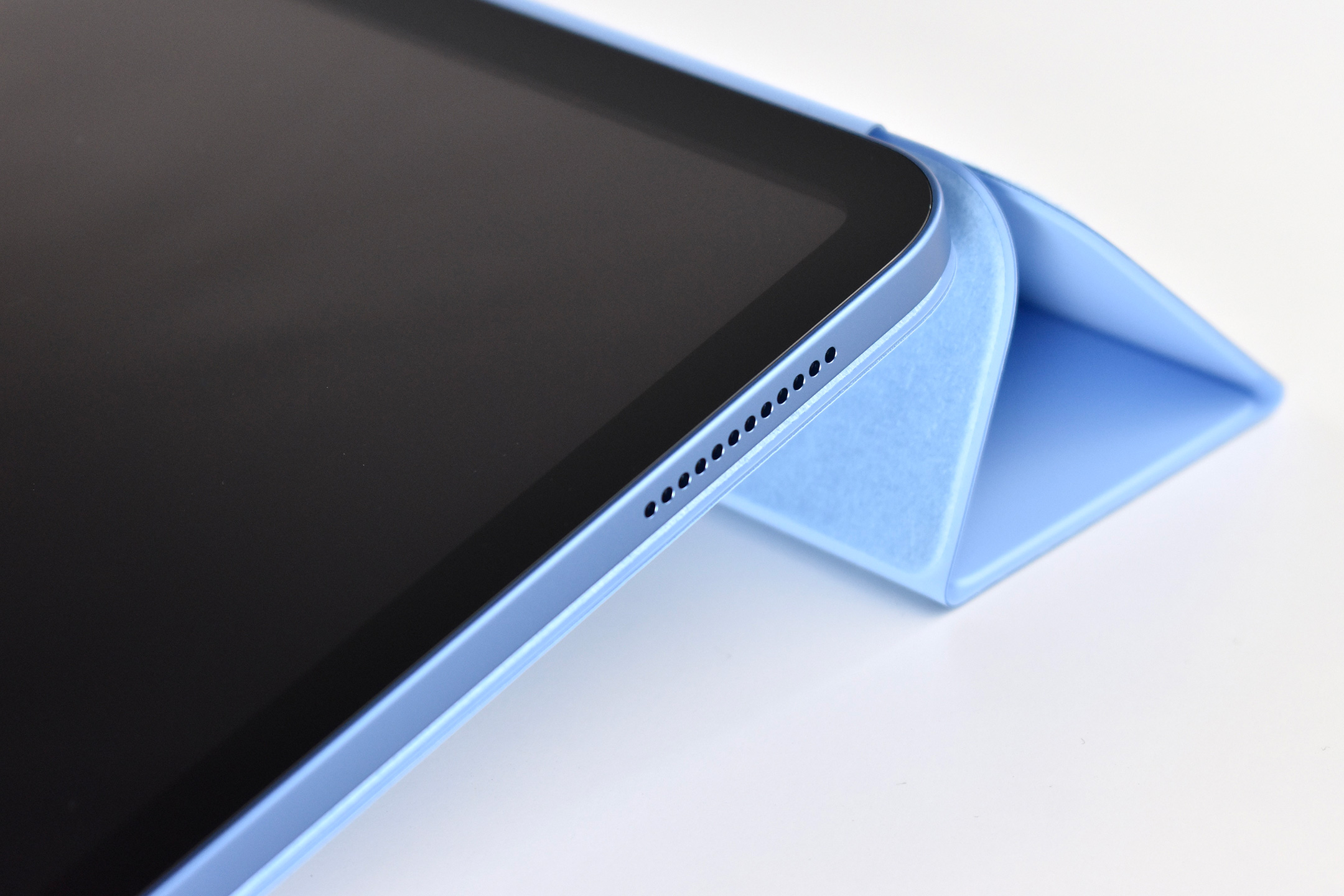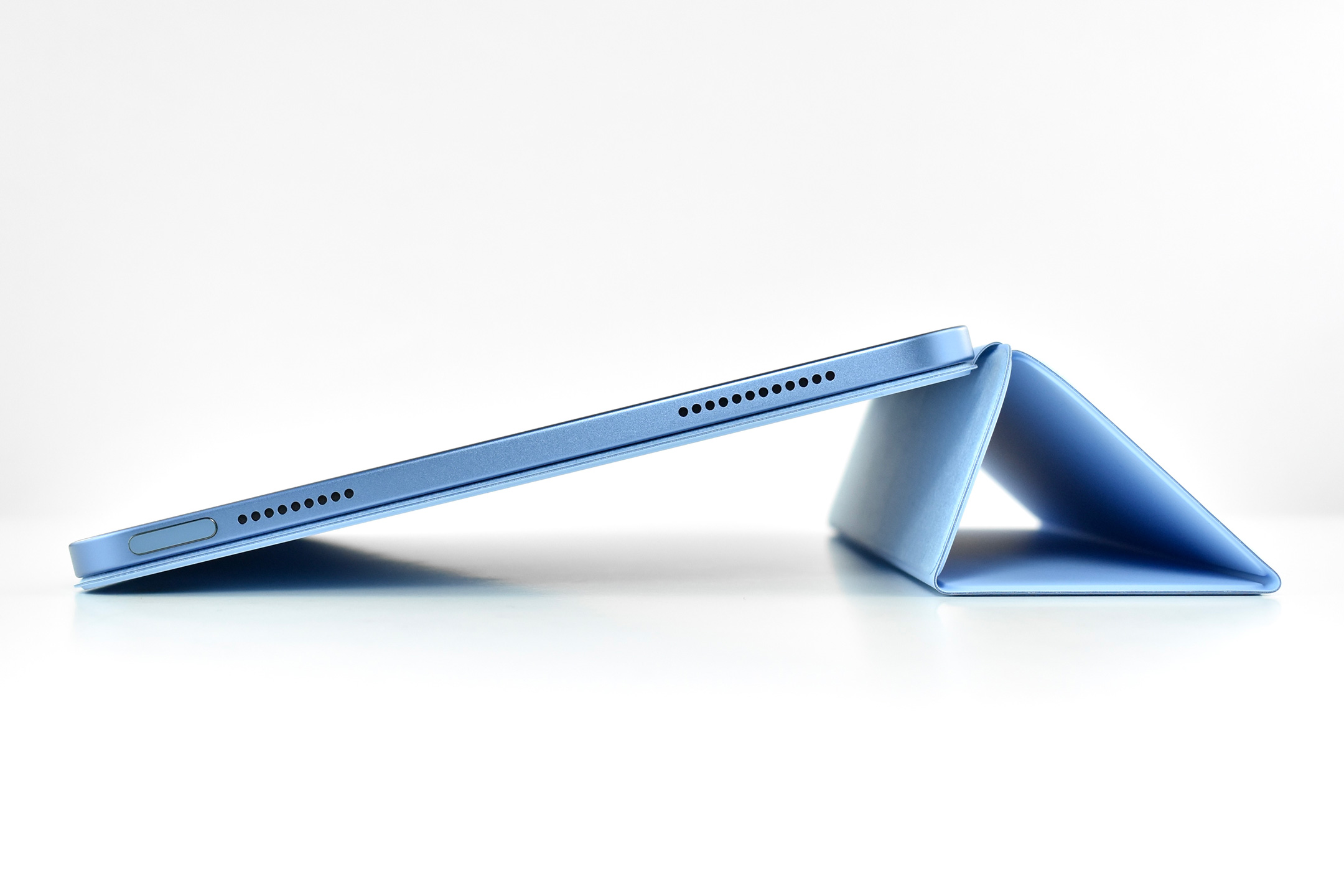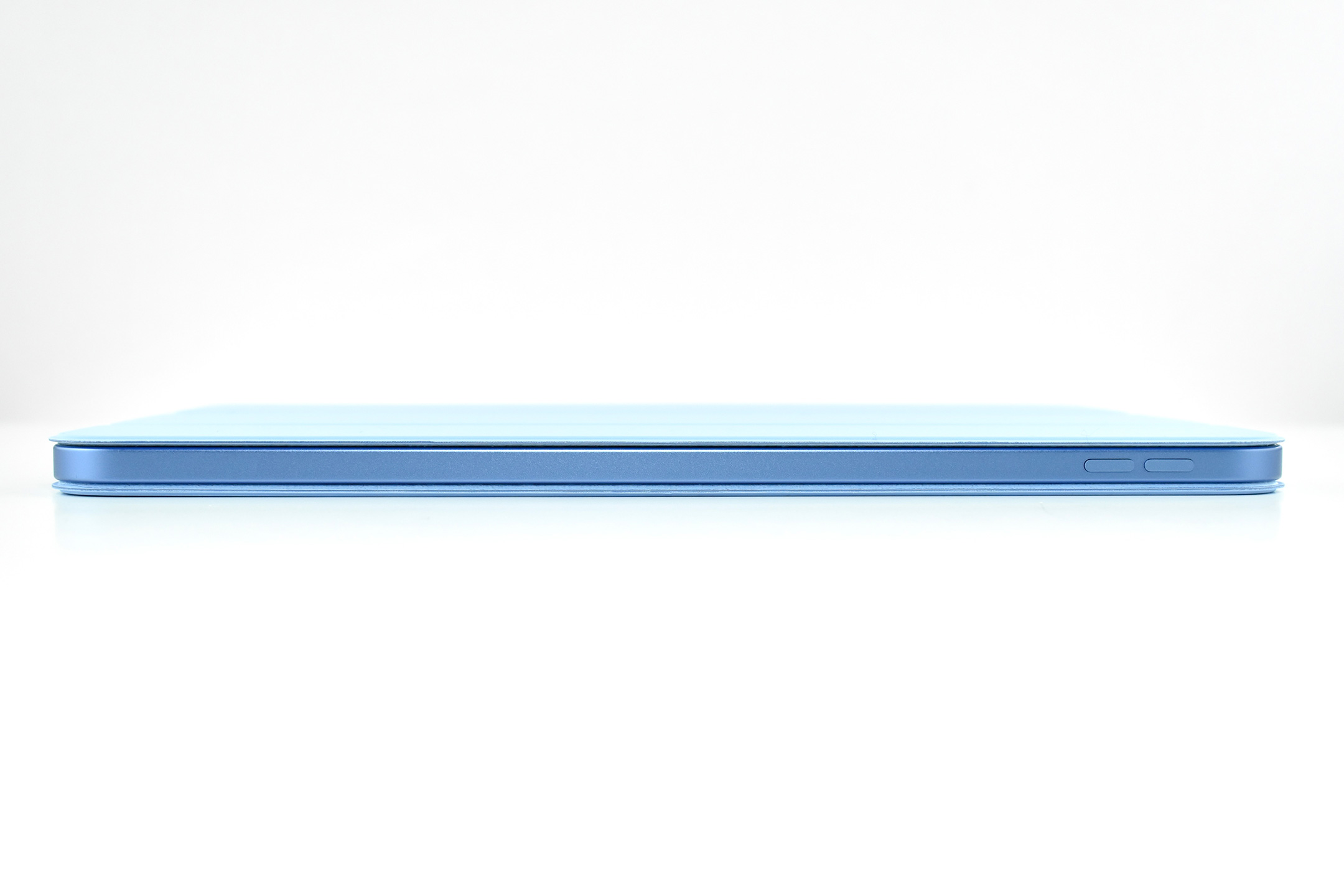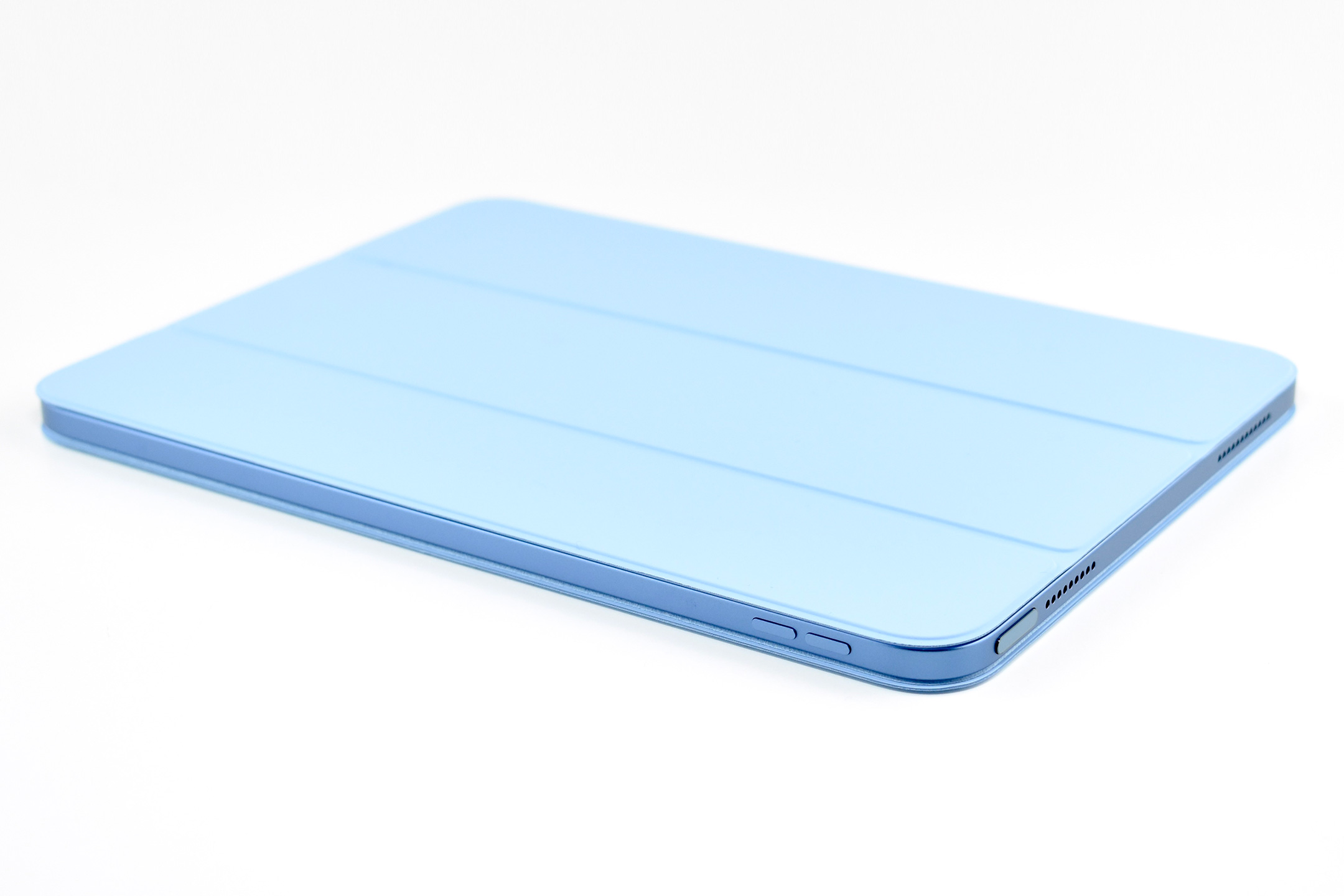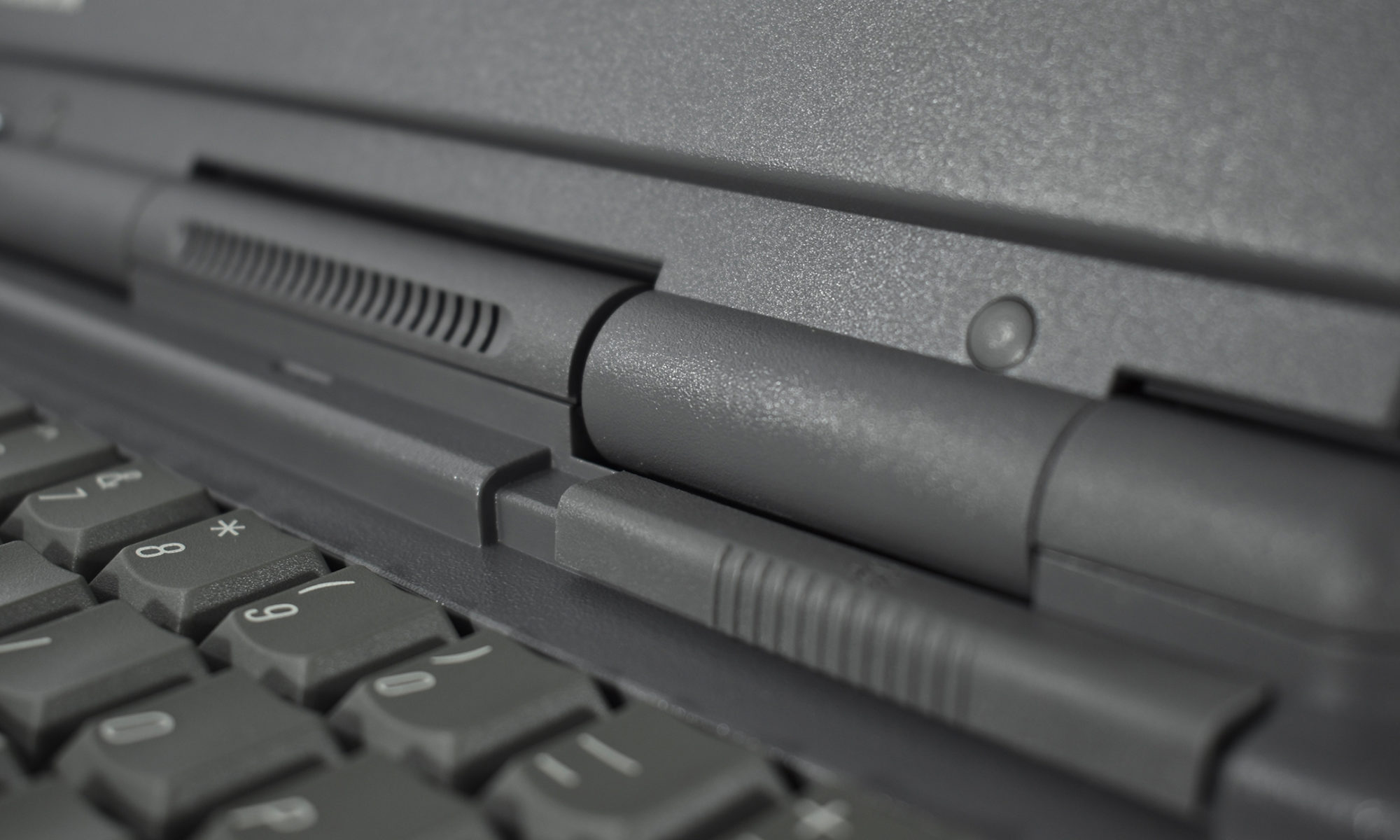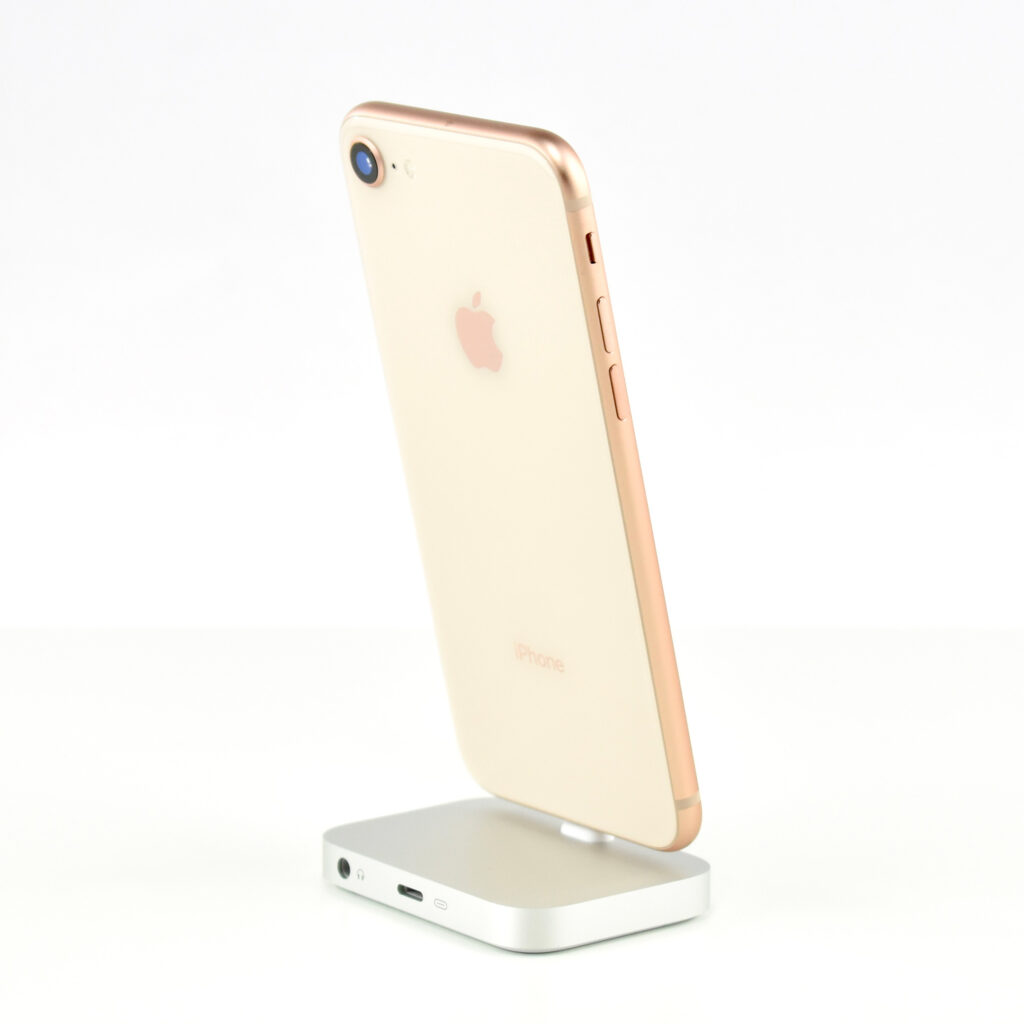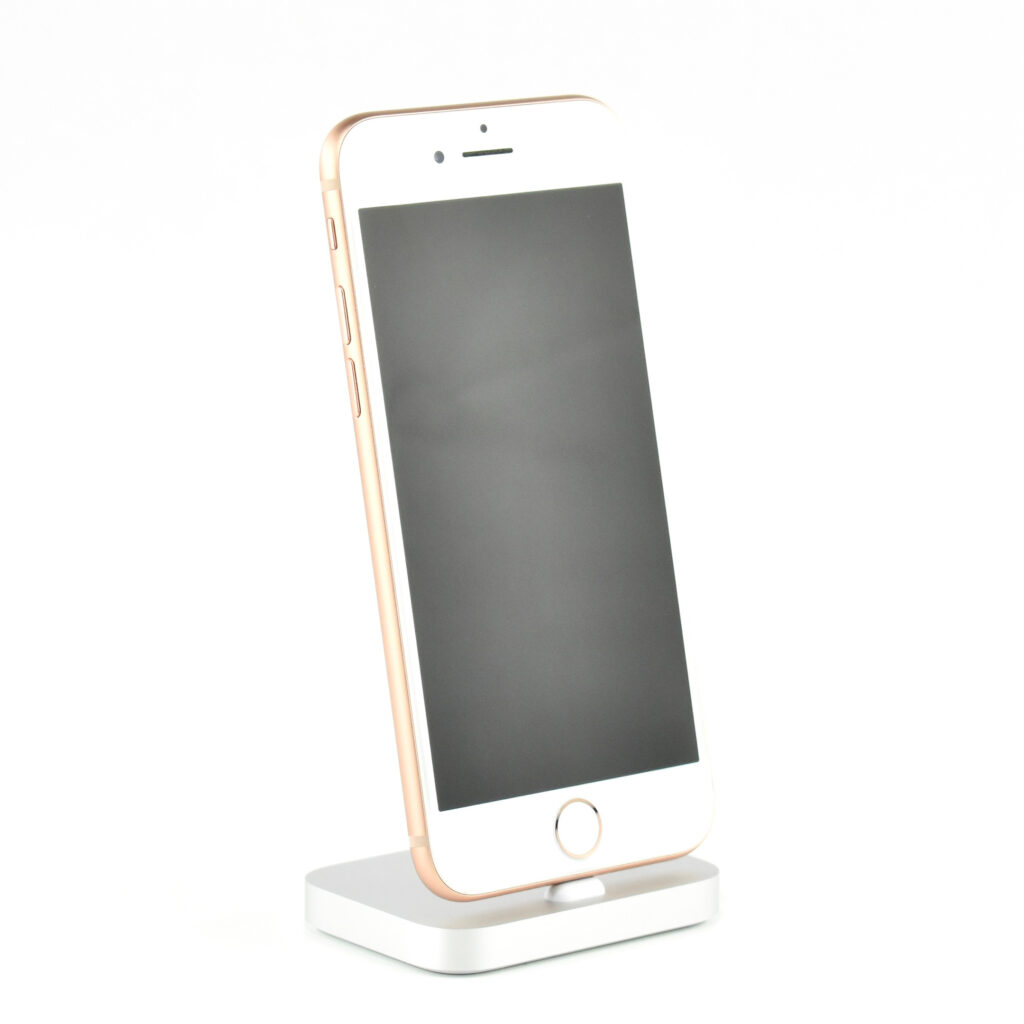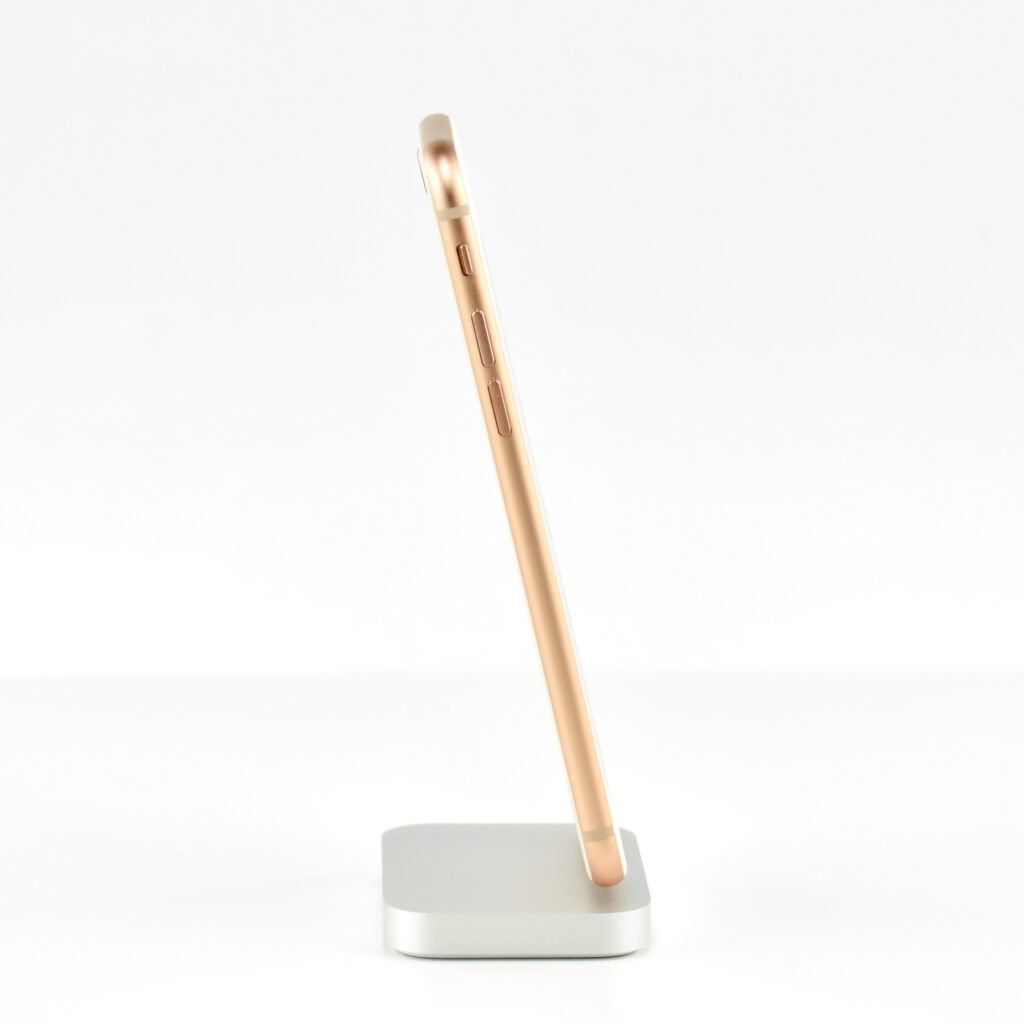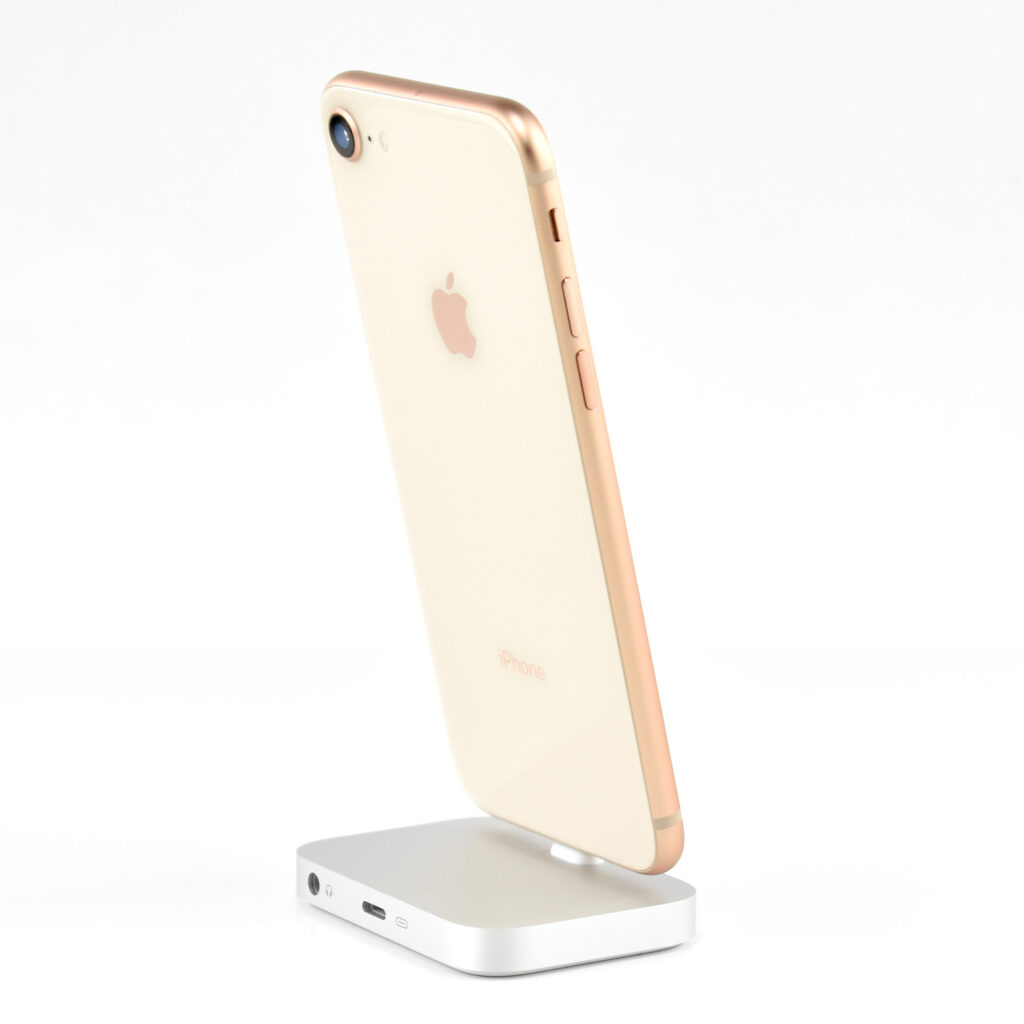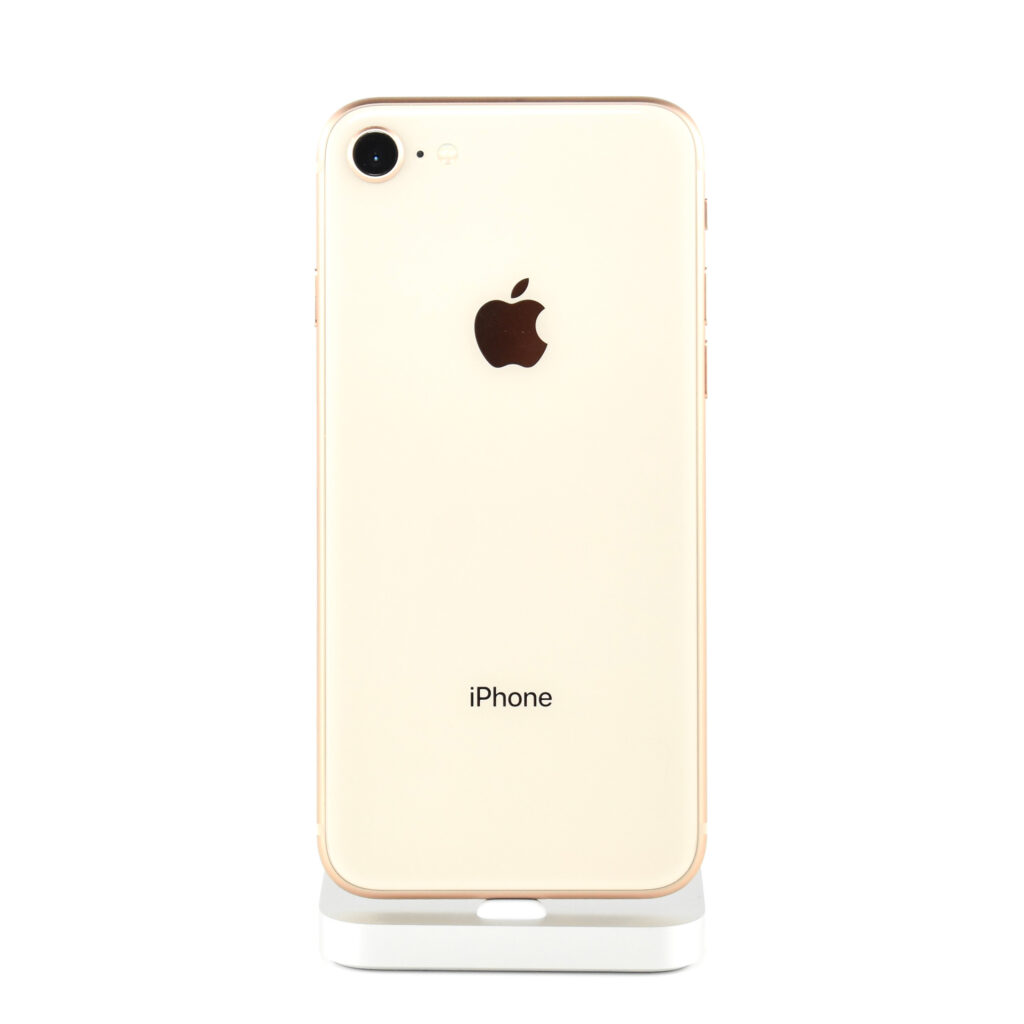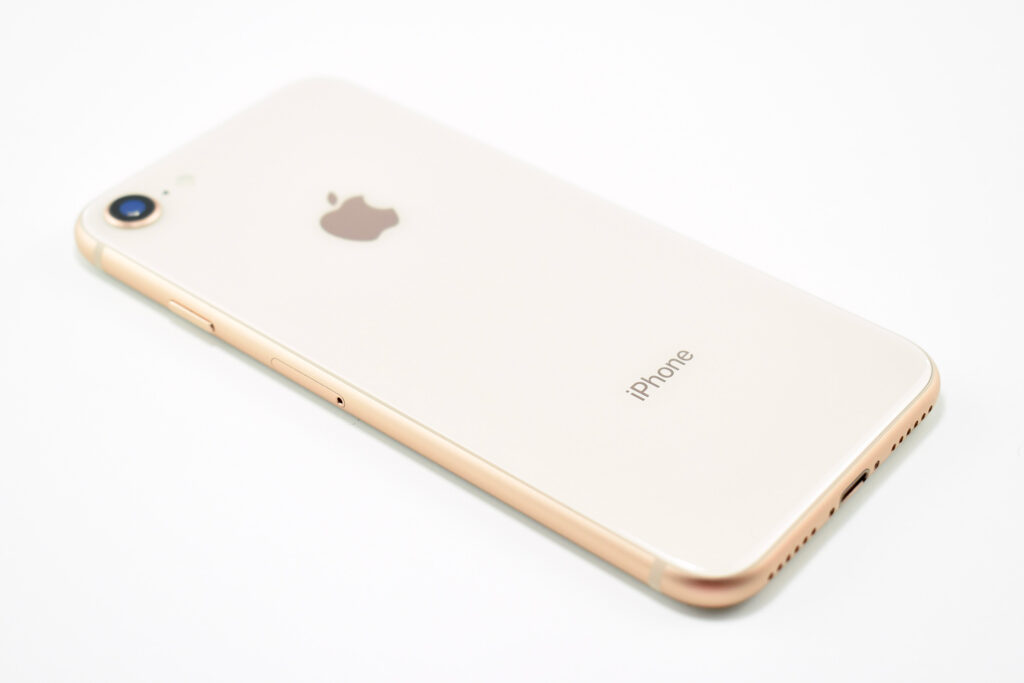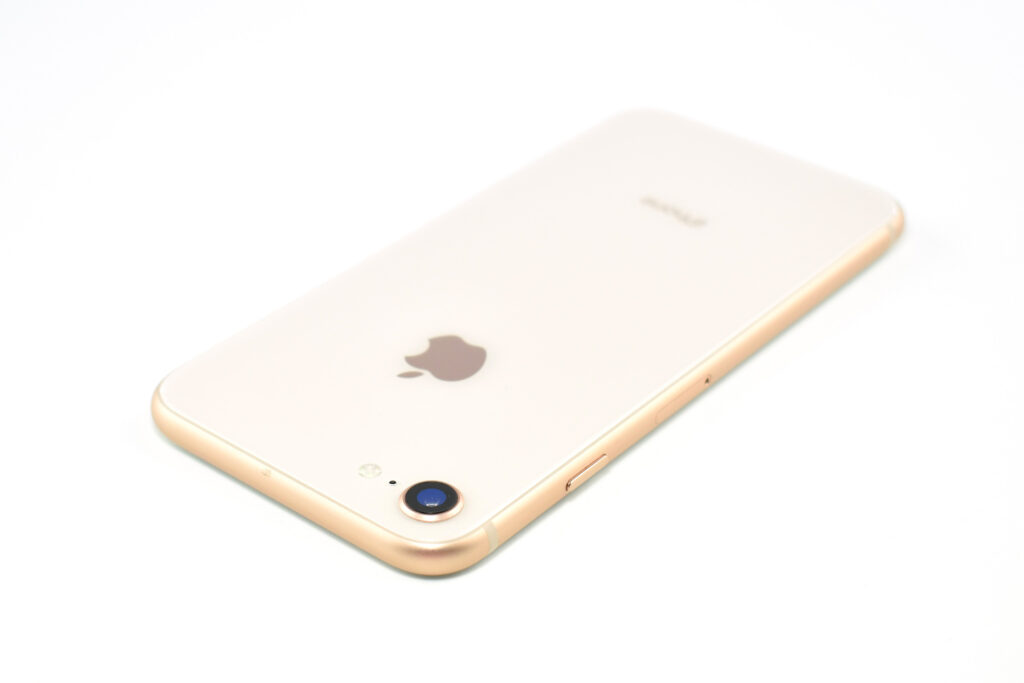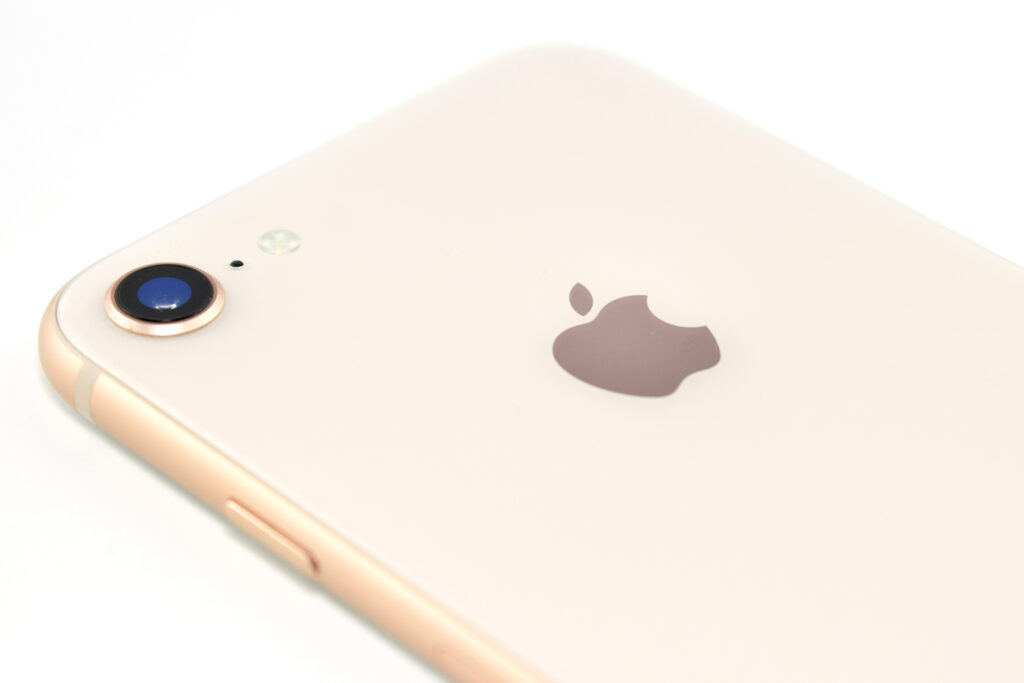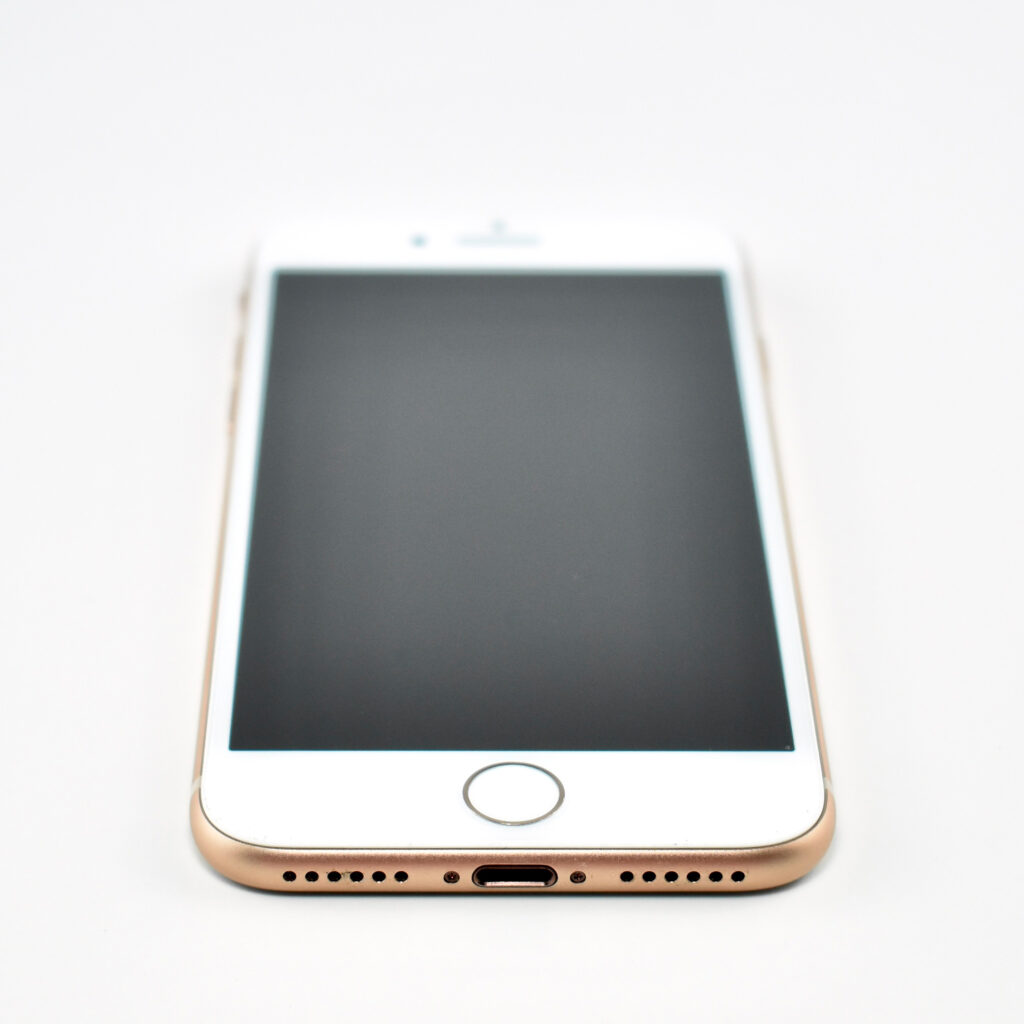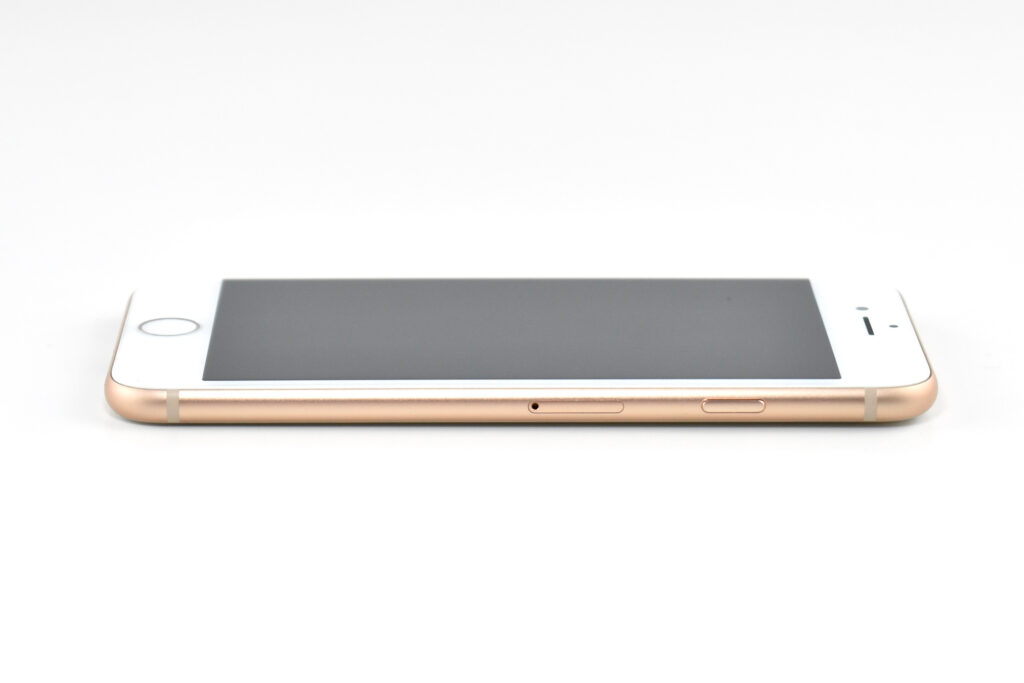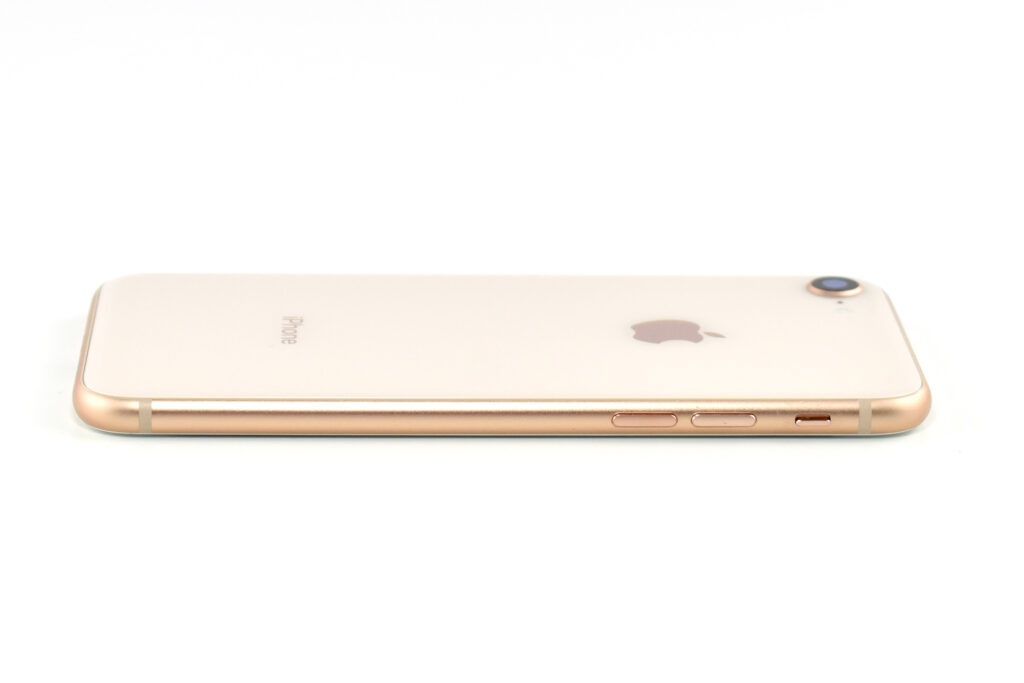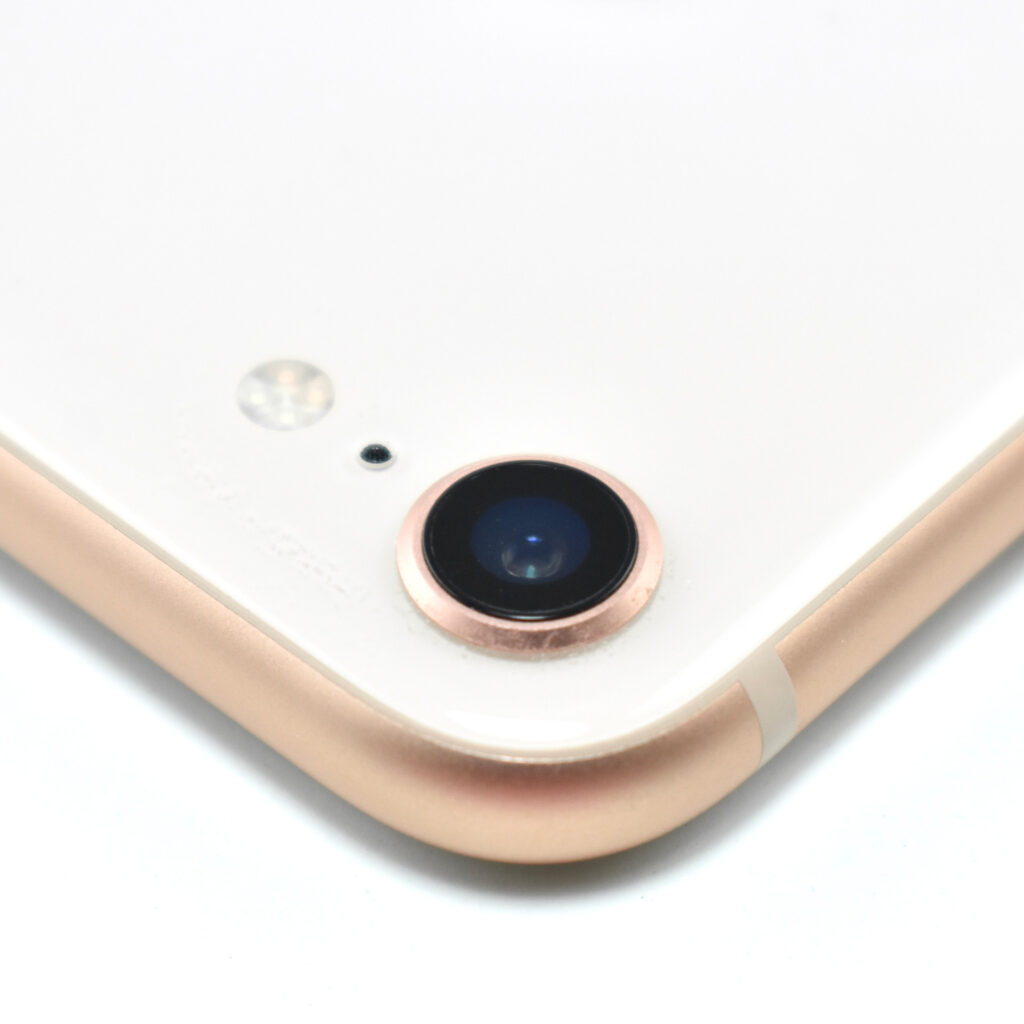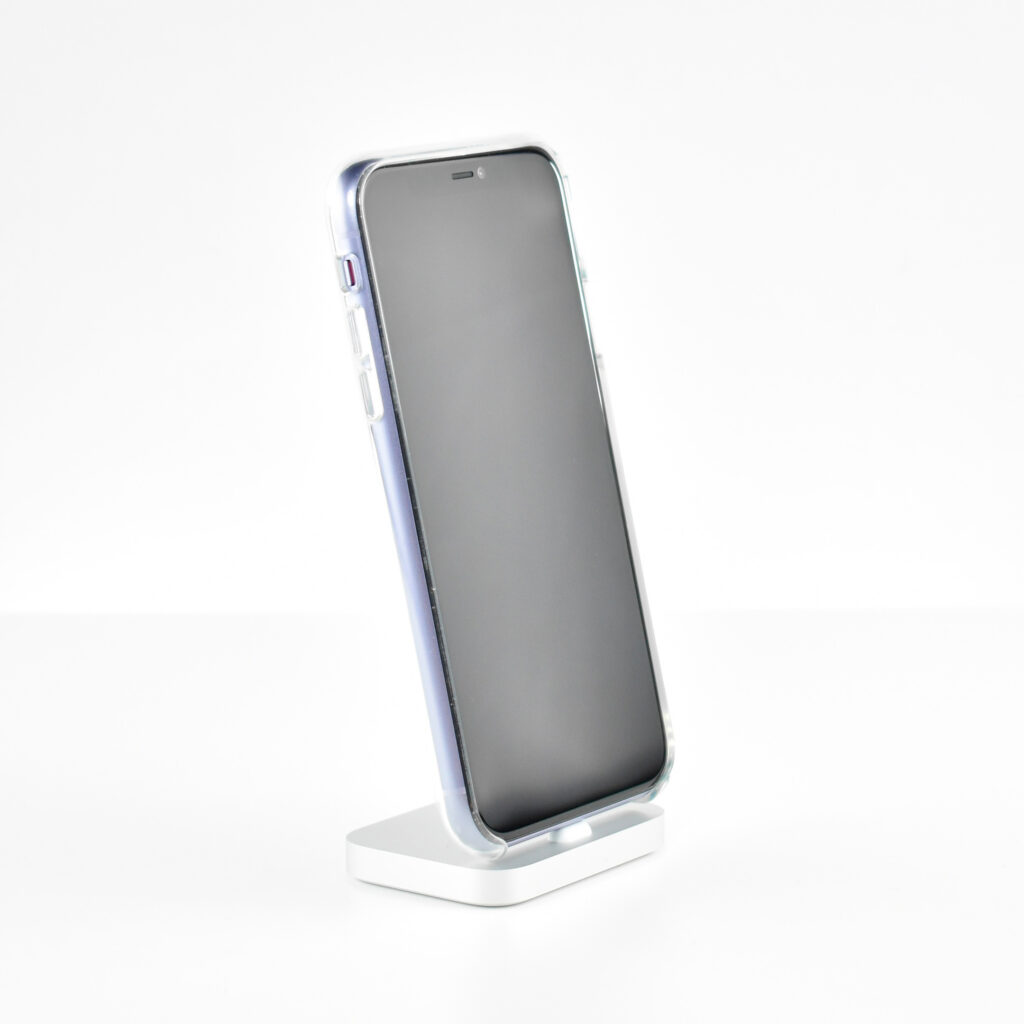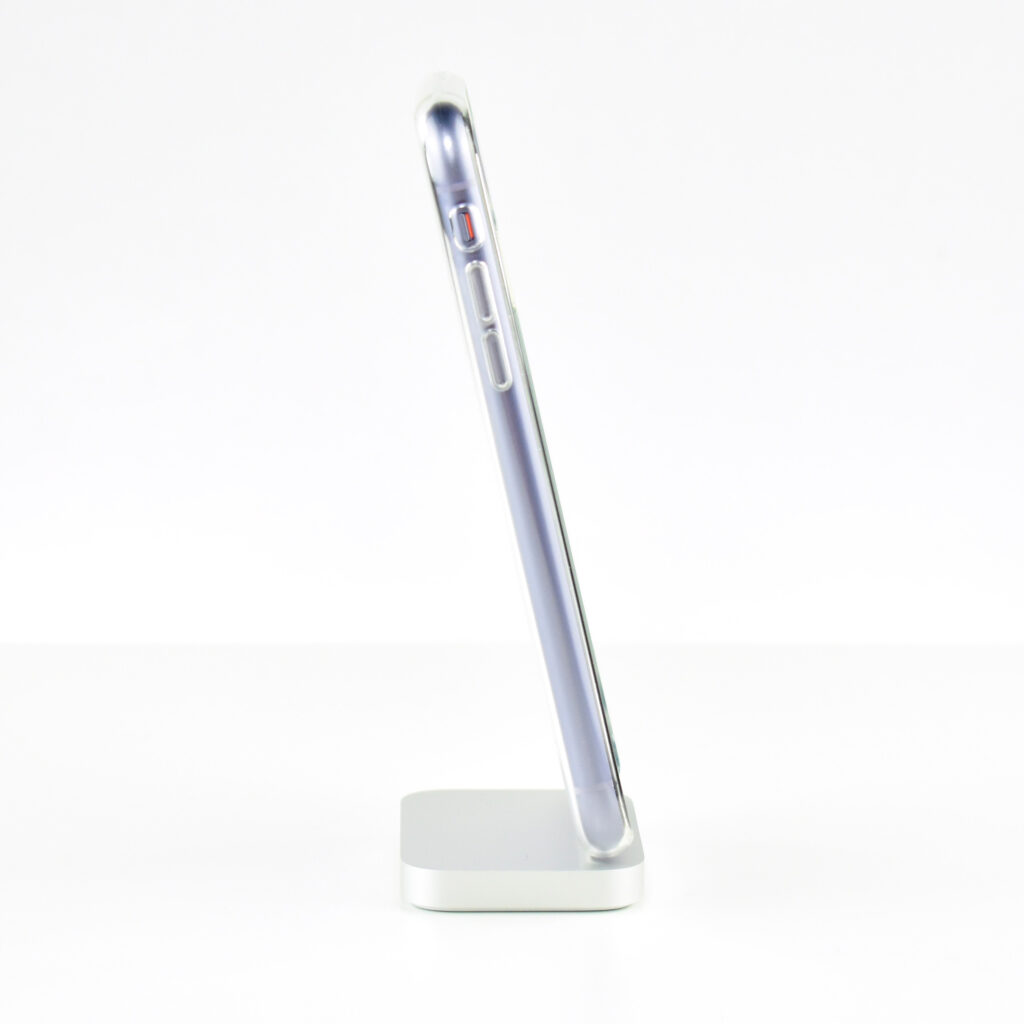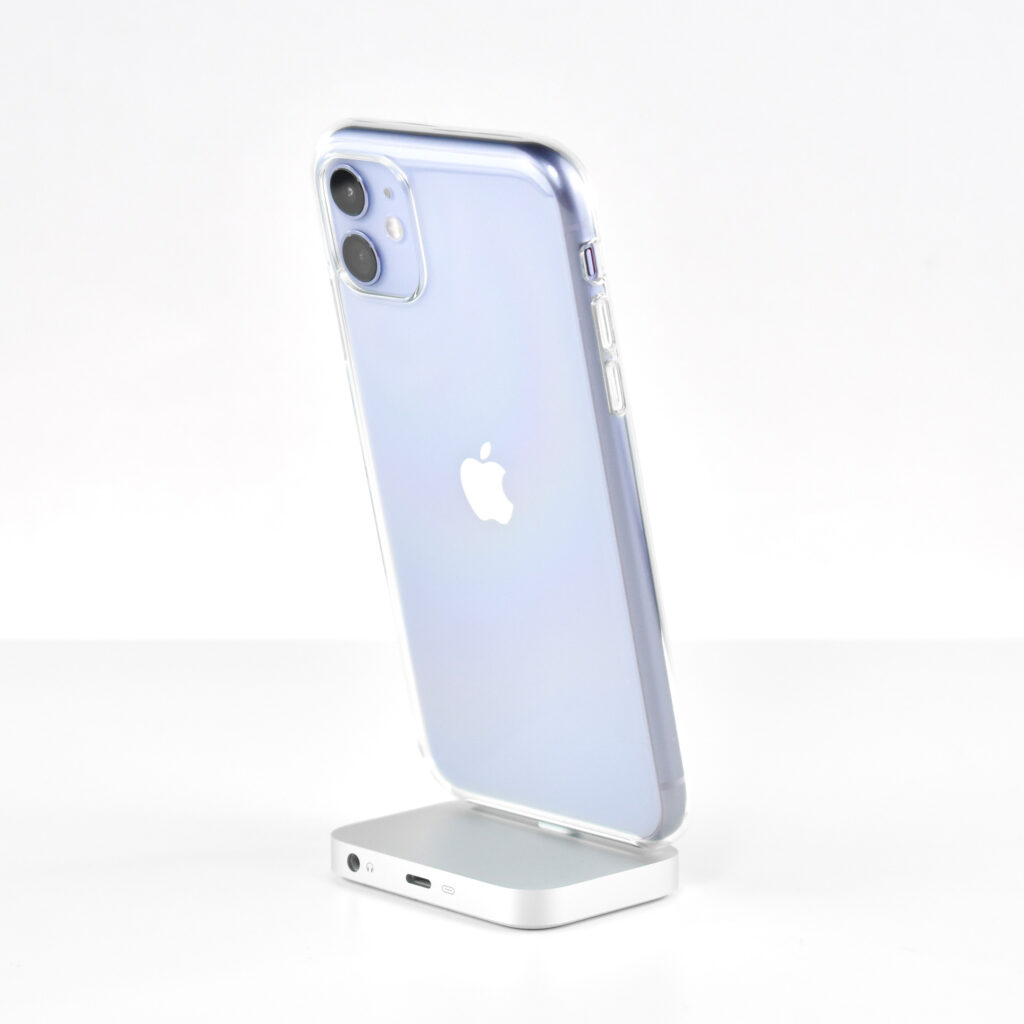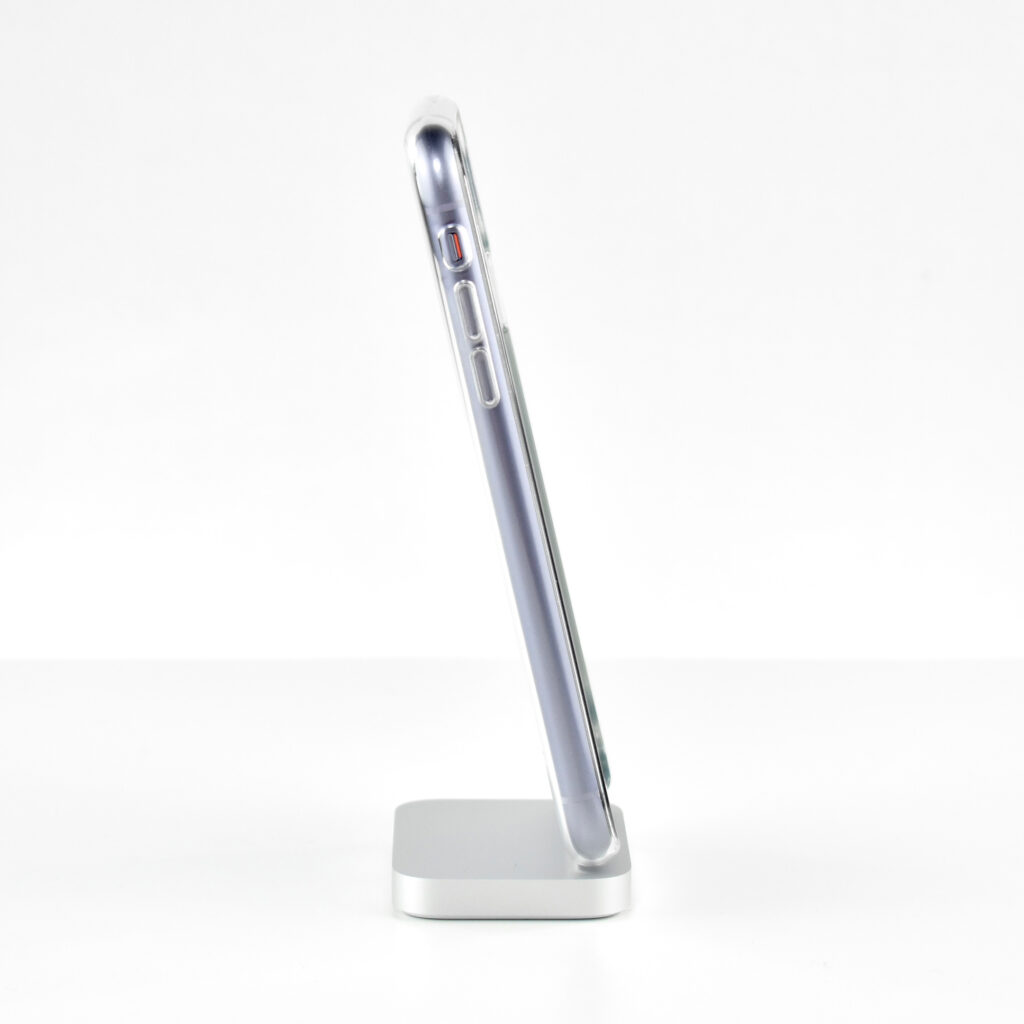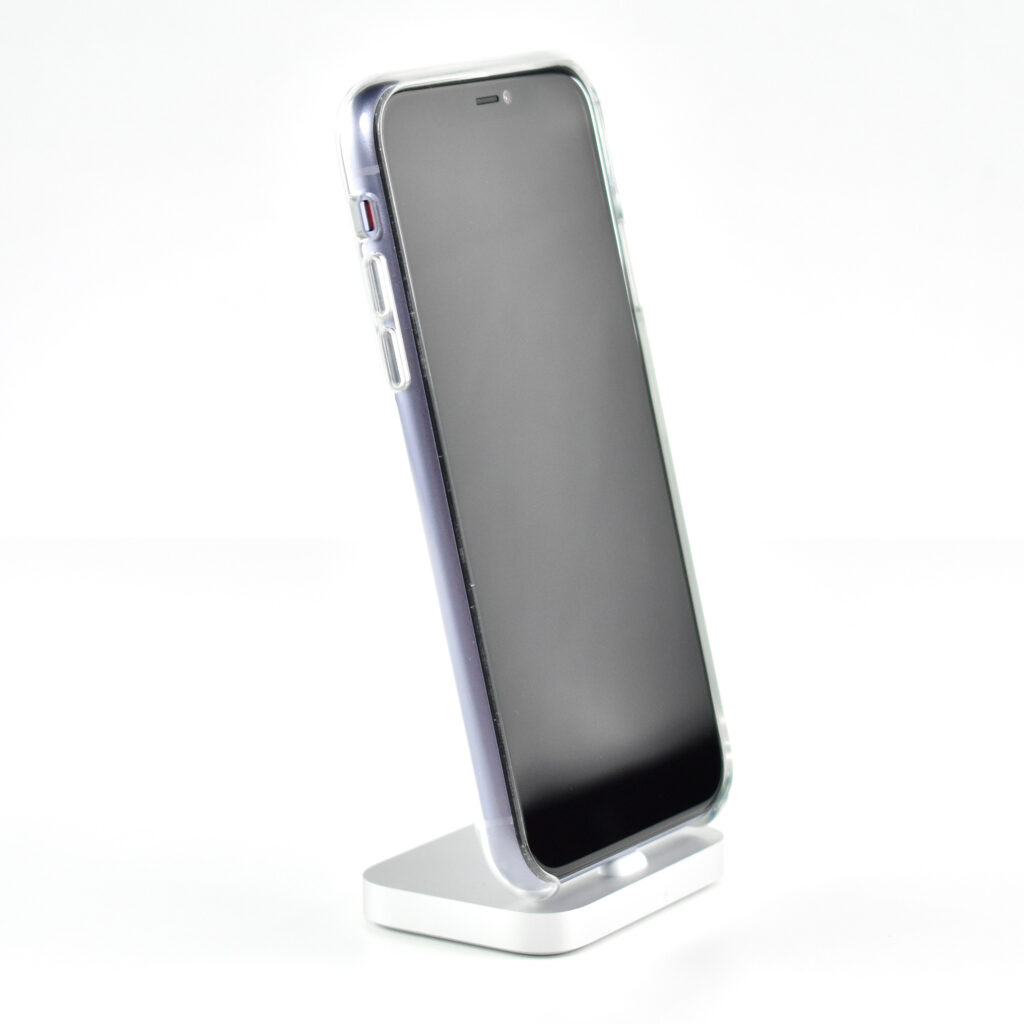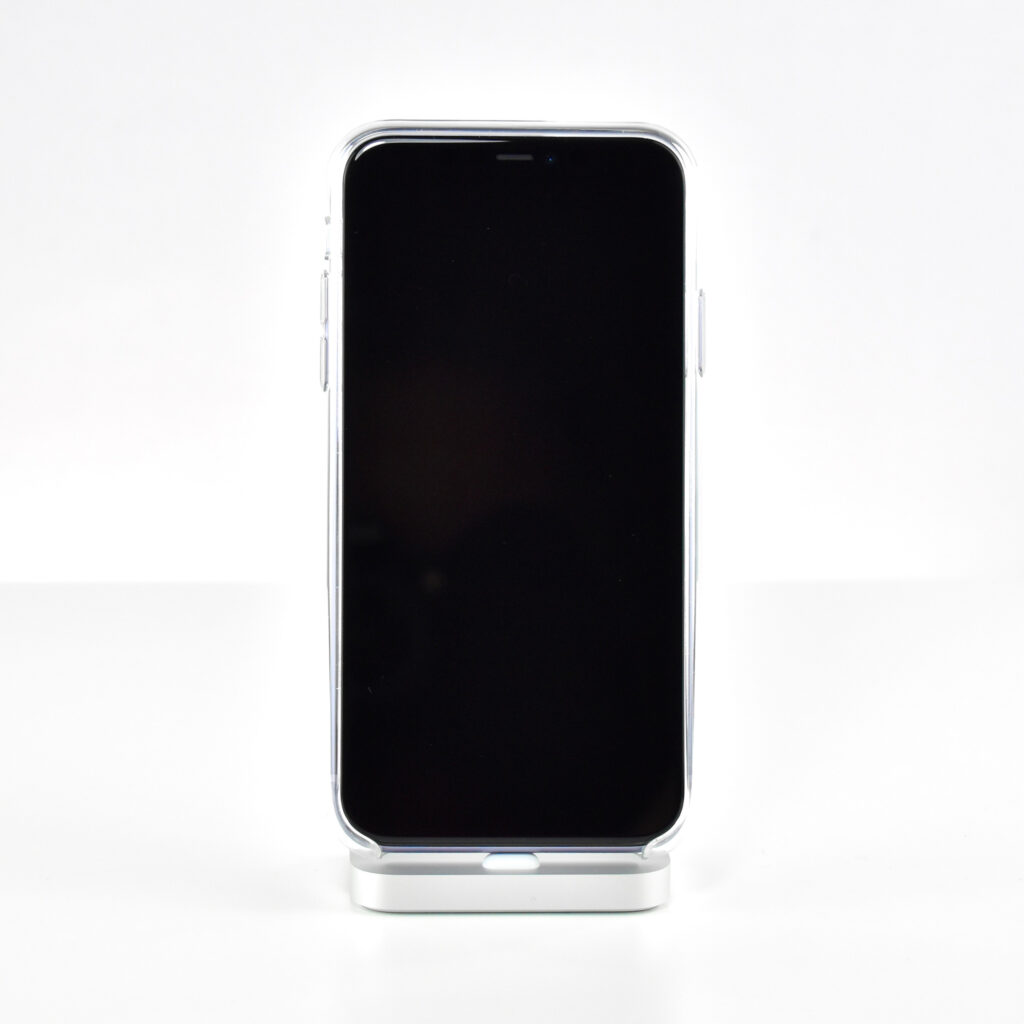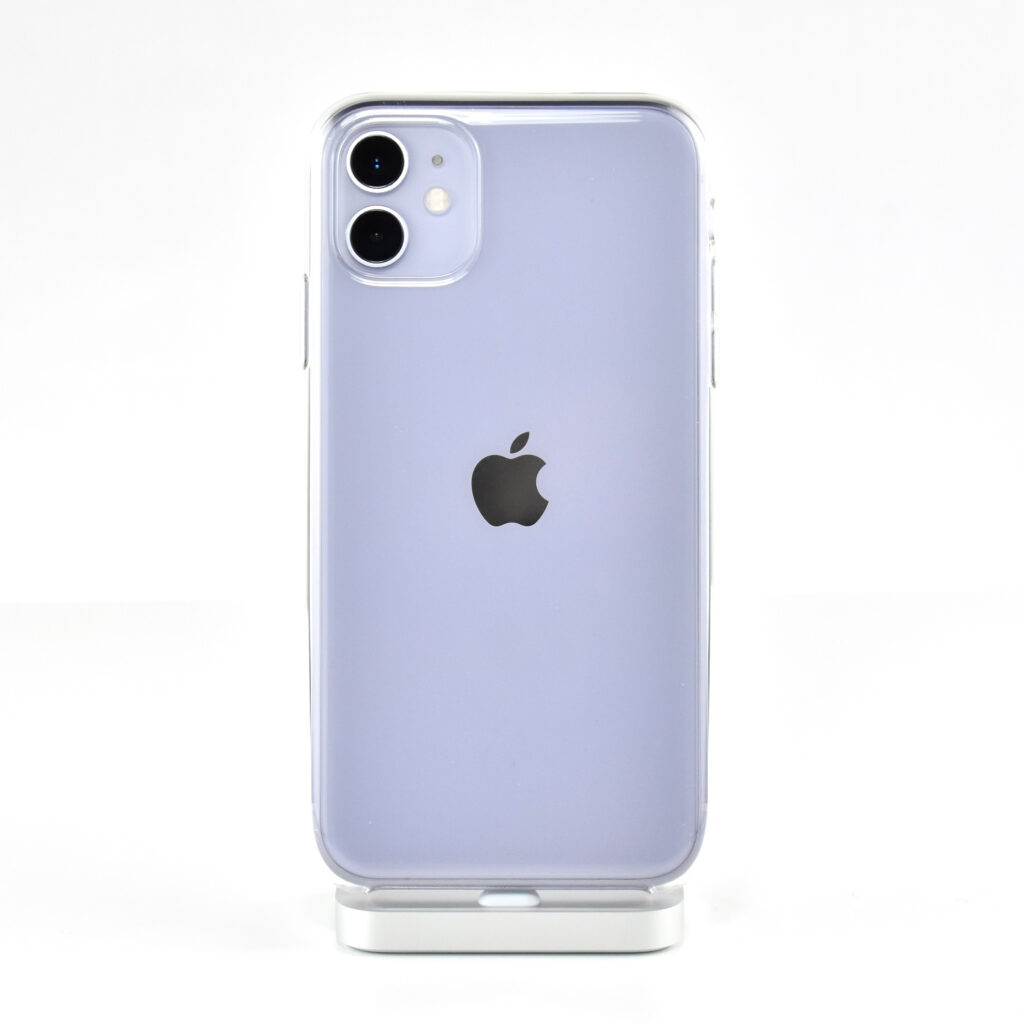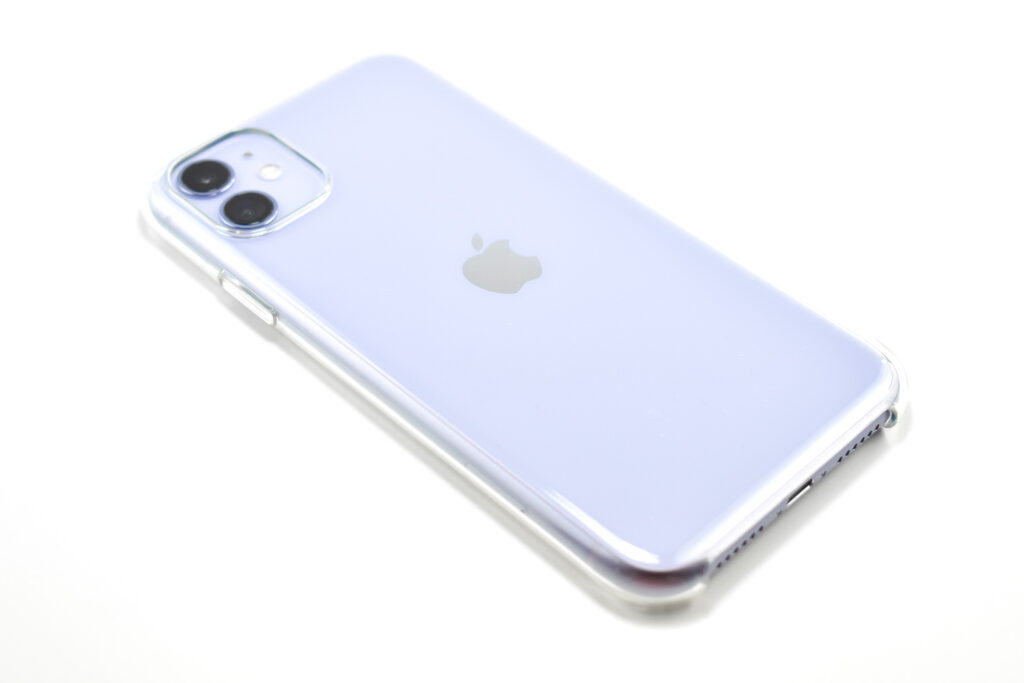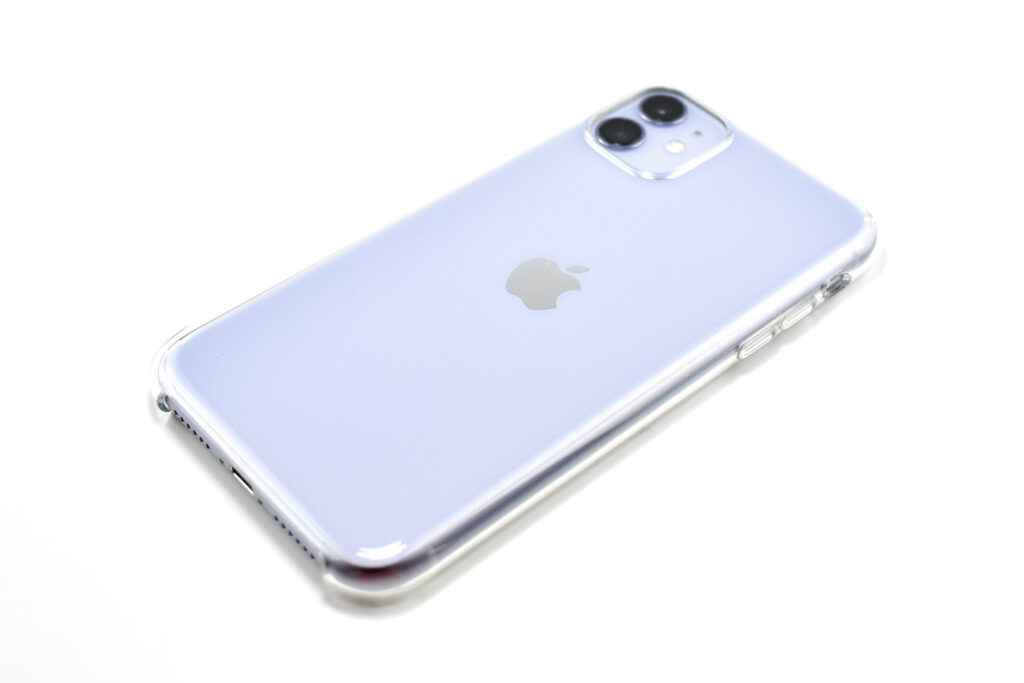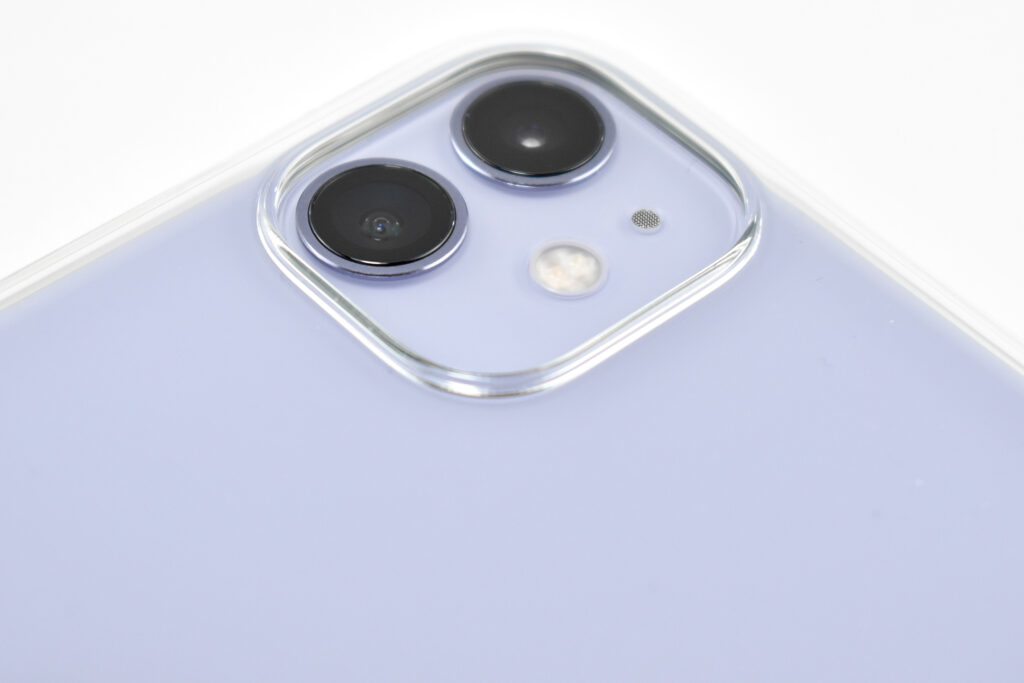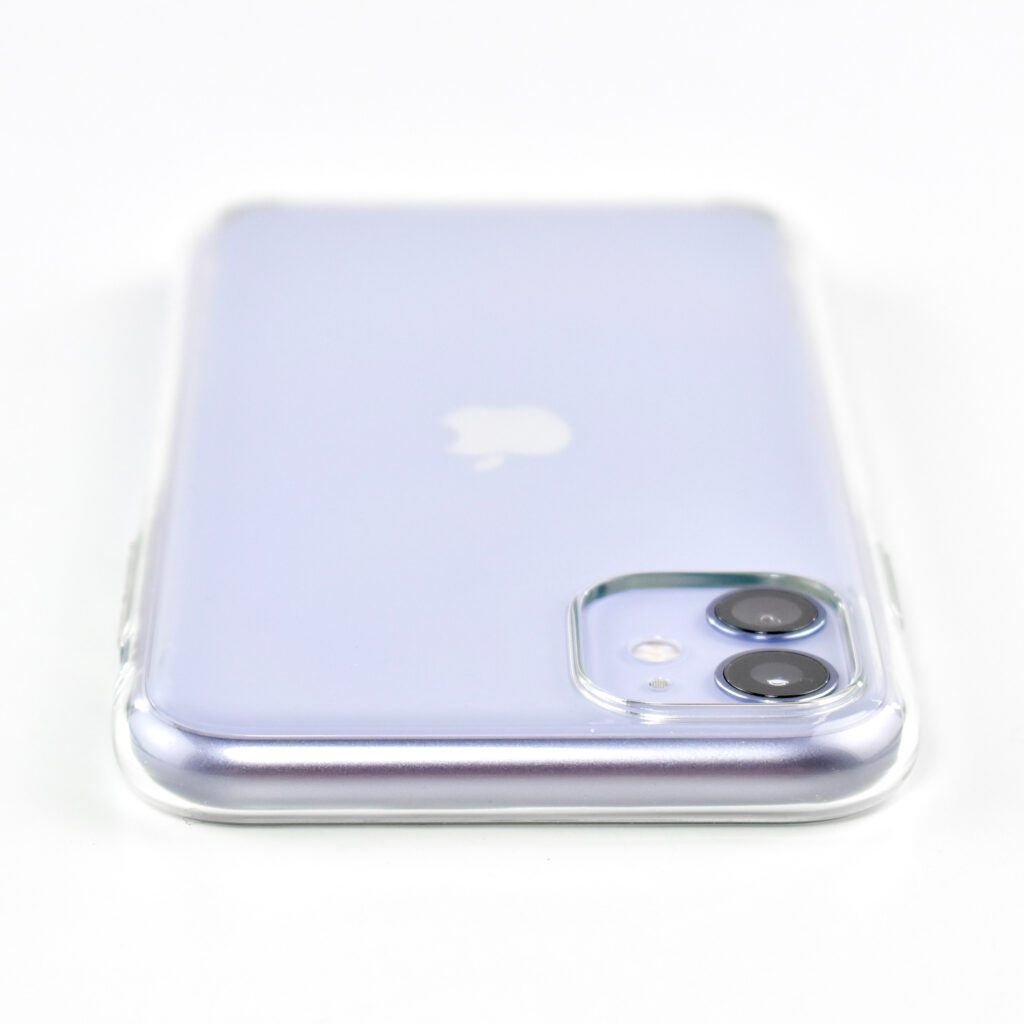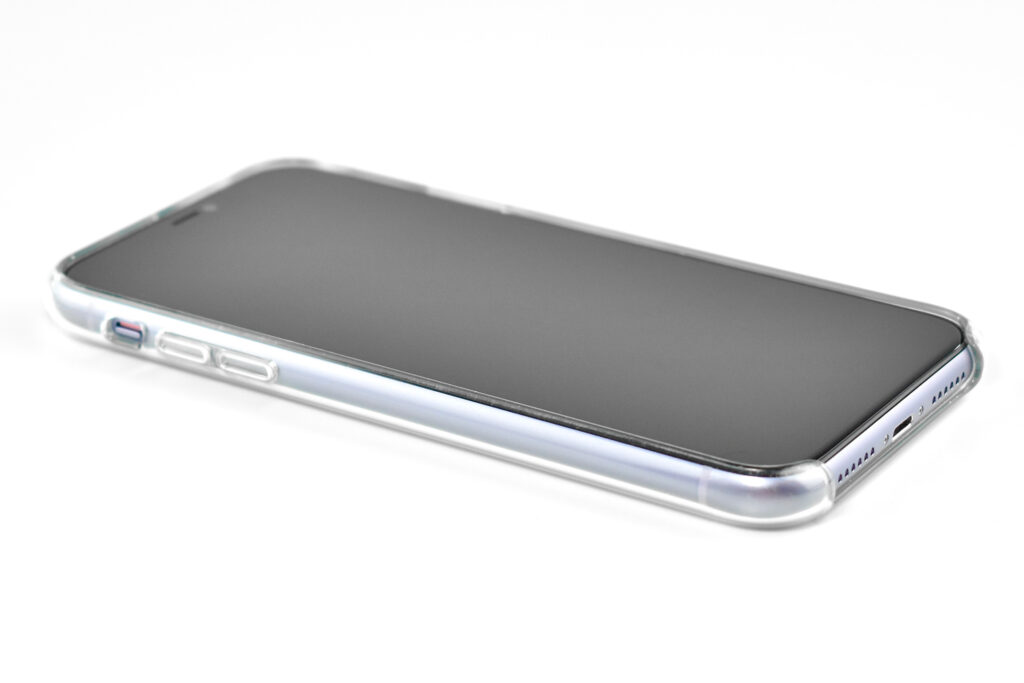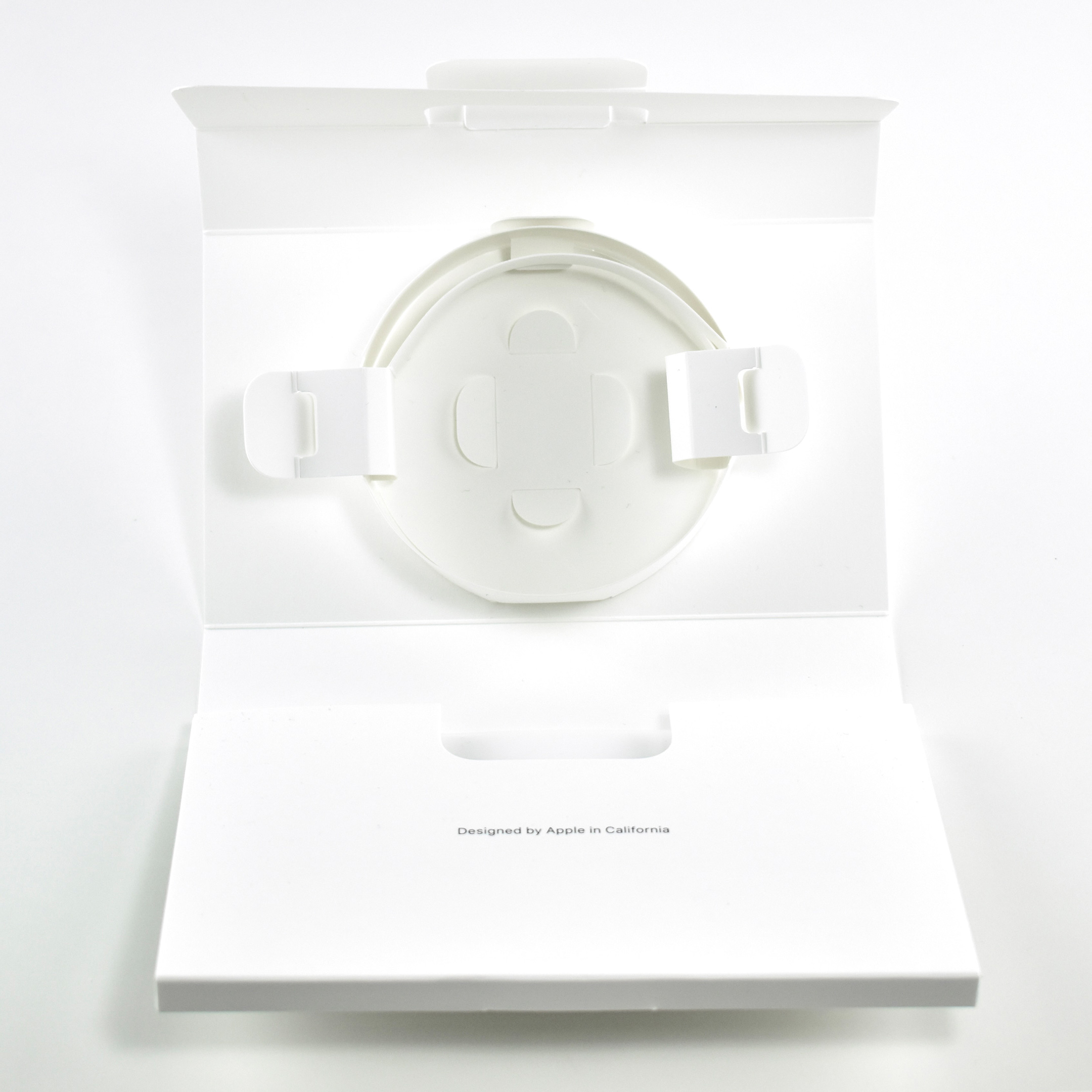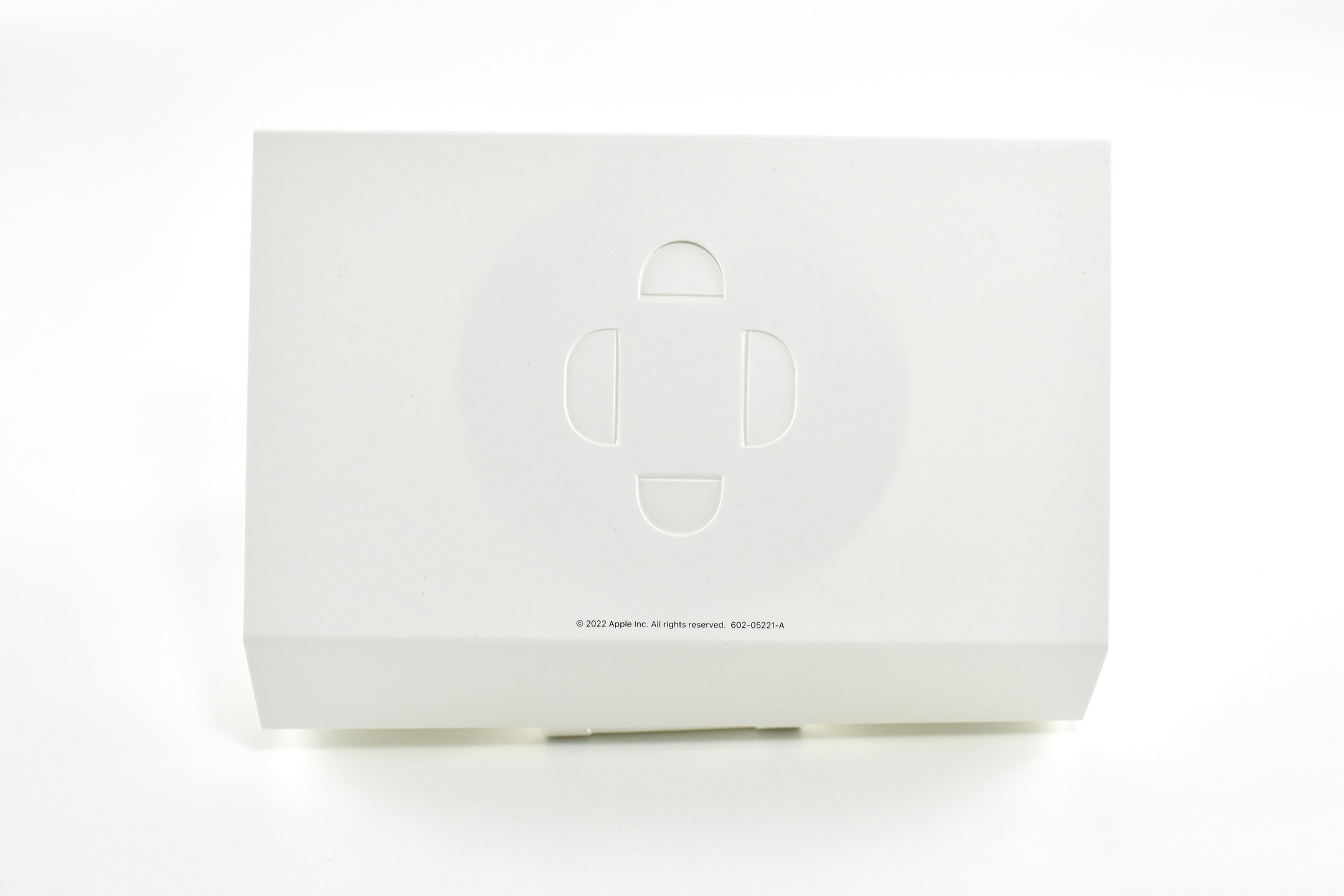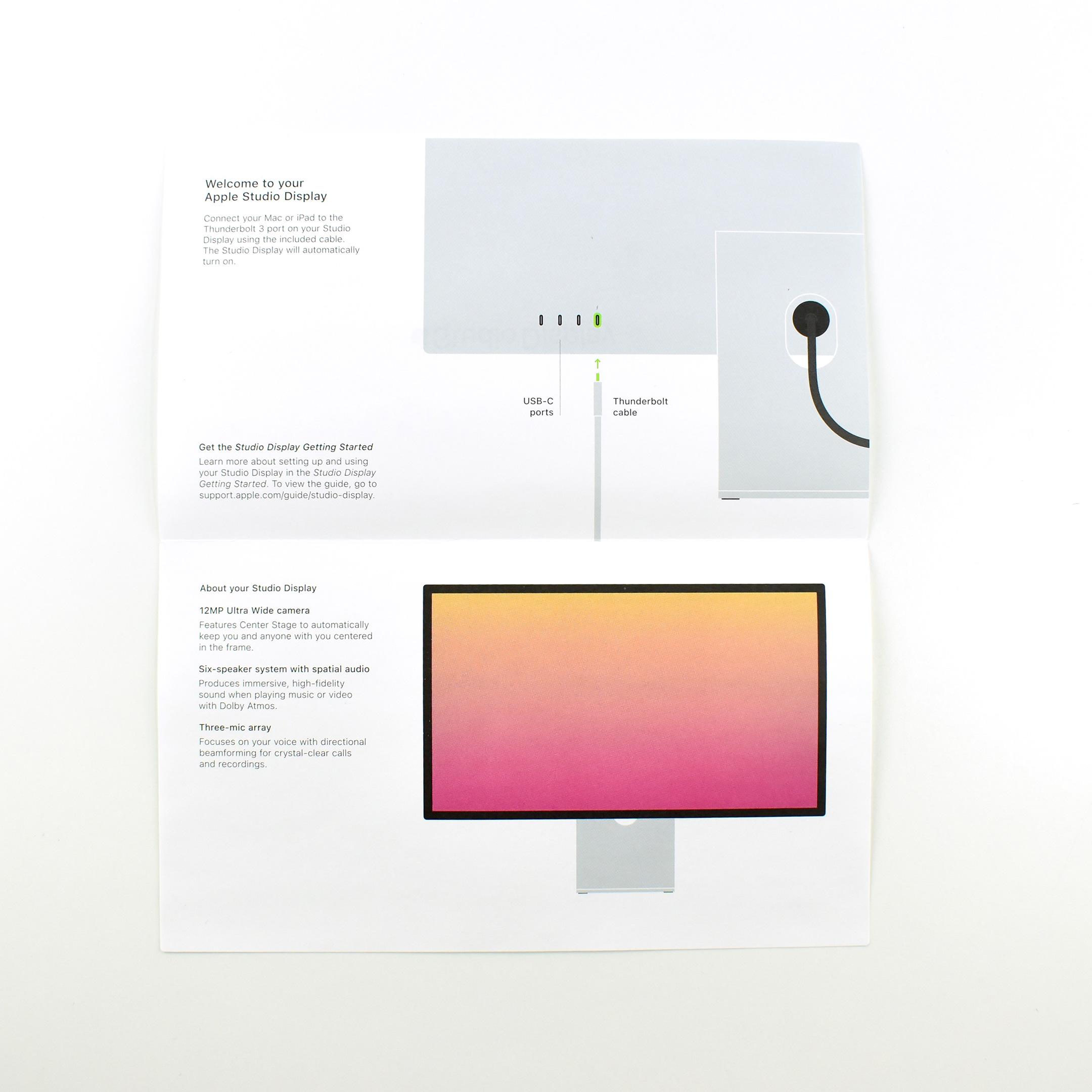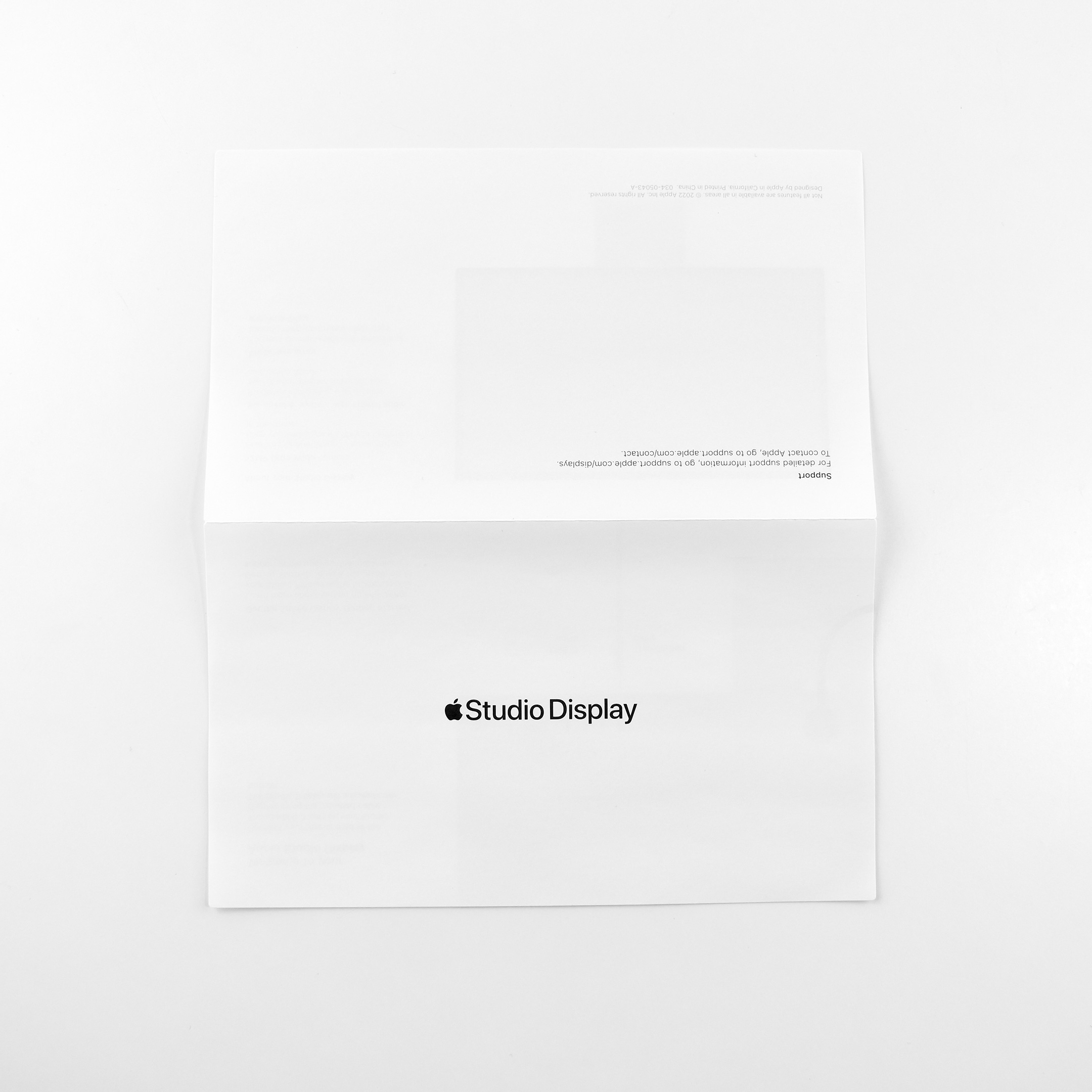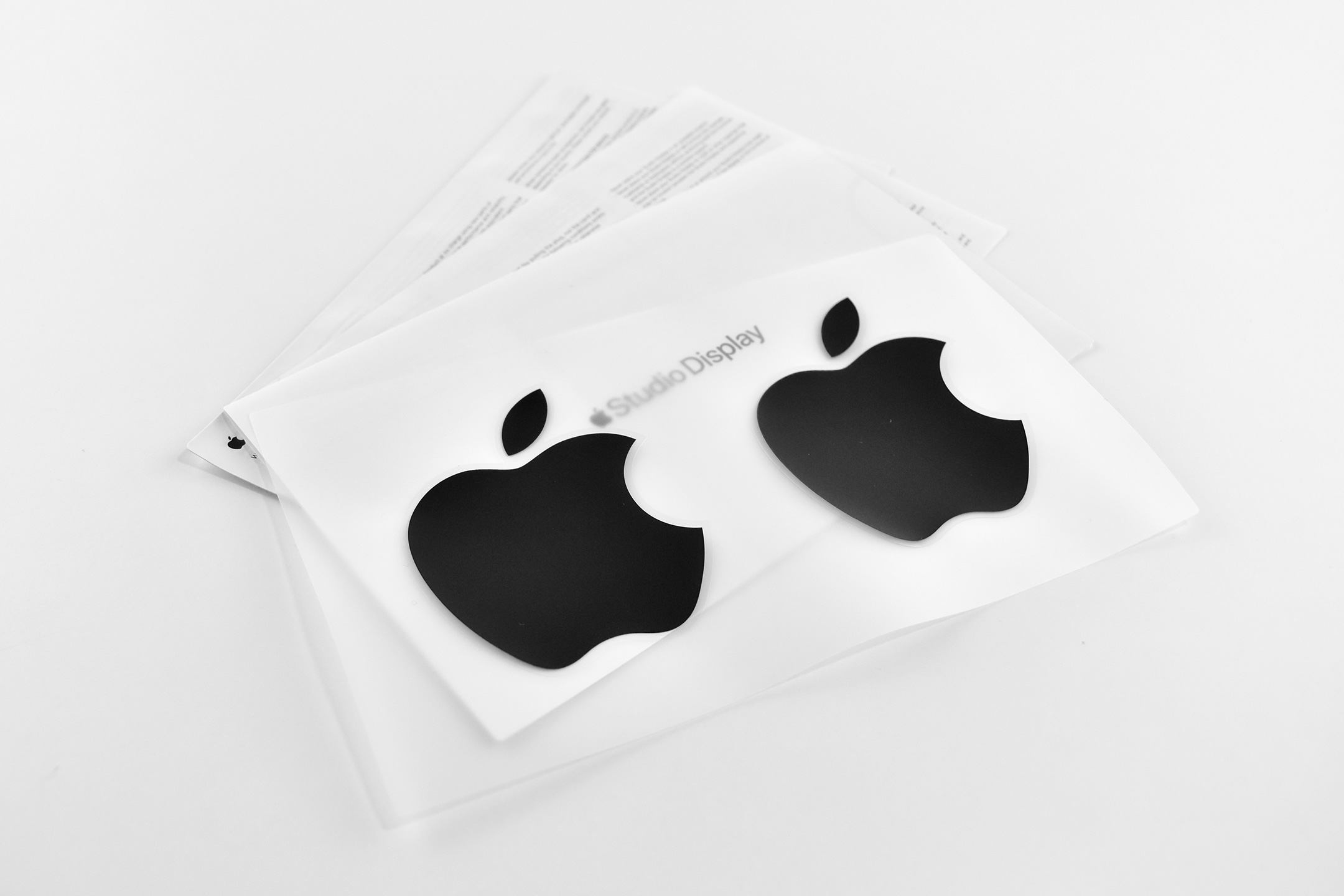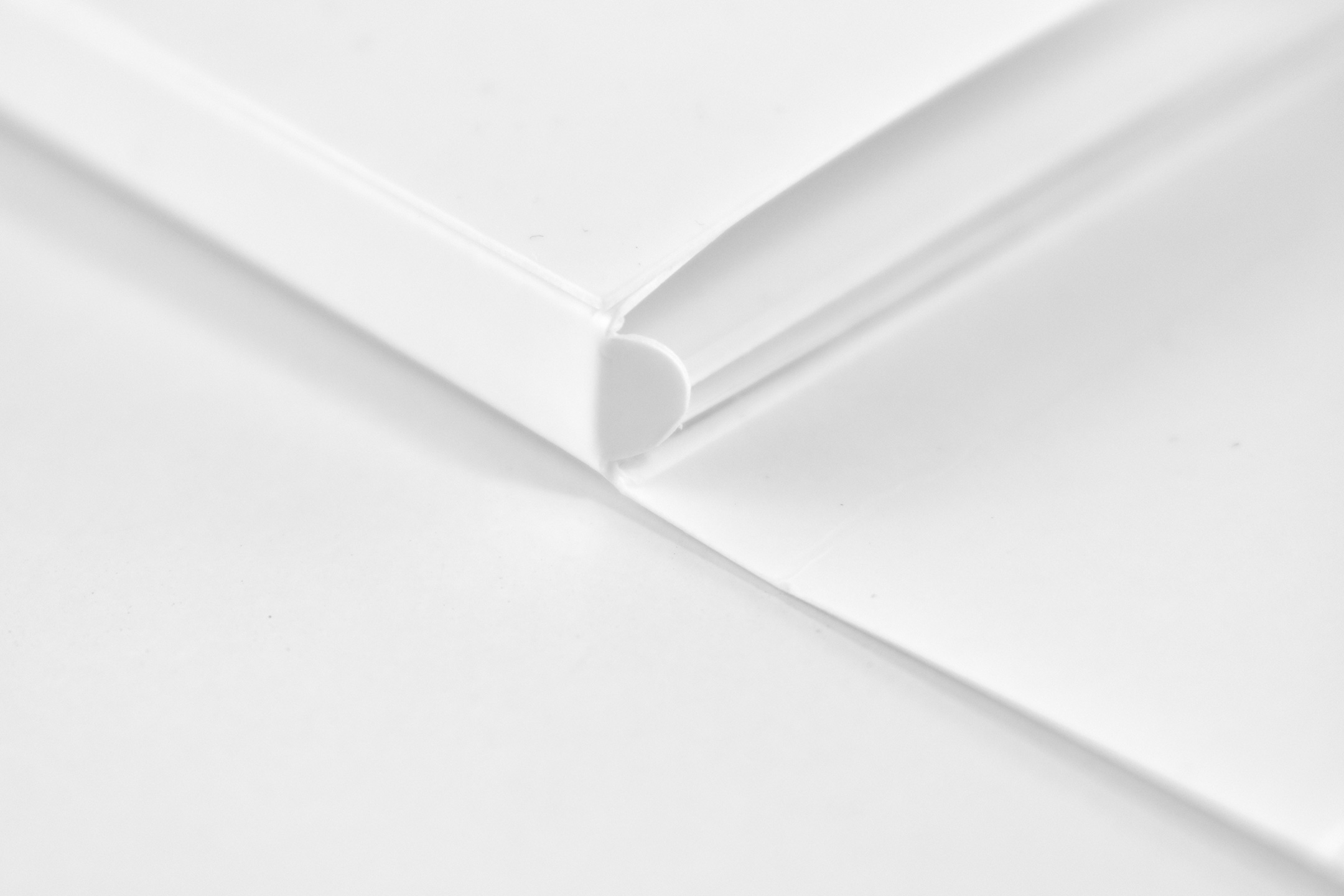This is my 1,000th post on my Apple Collection blog!
When Apple released the iPad Generation 10, a press release noted that it featured “a large 10.9-inch Liquid Retina display, the powerful A14 Bionic chip, advanced cameras, fast wireless connectivity, USB-C, support for the new Magic Keyboard Folio, and more.”
The iPad Generation 10 was the first base-level iPad to include an all-screen design and a 10.9-inch Liquid Retina display. It used an A14 Bionic chip, and both the front and back camera were 12 megapixel with an Ultra Wide front camera for an “even better video calling experience.”
This was also the first base iPad to use USB-C charging. Despite the list of new technologies, the iPad 10 supported the Generation 1 Apple Pencil, released in 2015—seven years before this iPad.
Apple highlighted creative uses of the iPad 10:
“Express yourself, draw, and brainstorm on a flexible creative powerhouse. The stunning 10.9-inch Liquid Retina display makes an incredible canvas. So you can doodle, take notes, mark up documents, and a lot more with Apple Pencil.”
The iPad 10 was available during 2022–2023 at a time when online commentators noted consumer confusion in the iPad lineup. MacRumors ran an article on October 2022 expressing the sentiment with the headline, “Apple’s New iPad Lineup Causes Potential Confusion With Inconsistent Features.”
At the time, six basic iPad models were available, with several sharing similar characteristics. As of 2023, iPad Pro models were available in 12.9- and 11-inch configurations, an iPad Air had a 10.9-inch display, this iPad 10 had a 10.9-inch display, an iPad mini had an 8.3-inch display—while Apple continued to offer the 10.2-inch iPad Generation 9.
This iPad 10 is the 64GB, Wi-Fi 6 model in Blue. The anodized texture and brightness of the color add a depth to this iPad’s finish.
Sources: Apple (Newsroom, Product), Wikipedia, MacRumors

